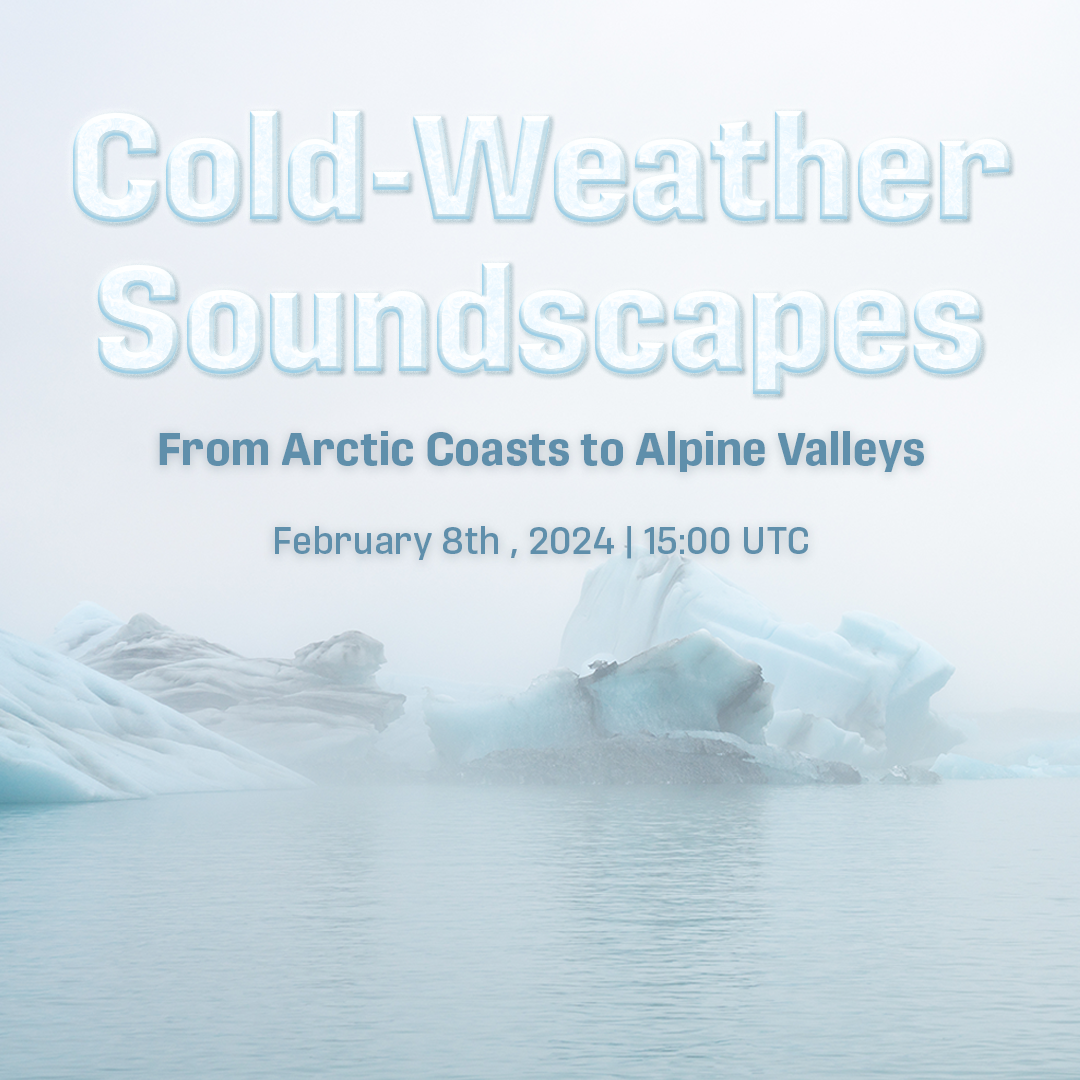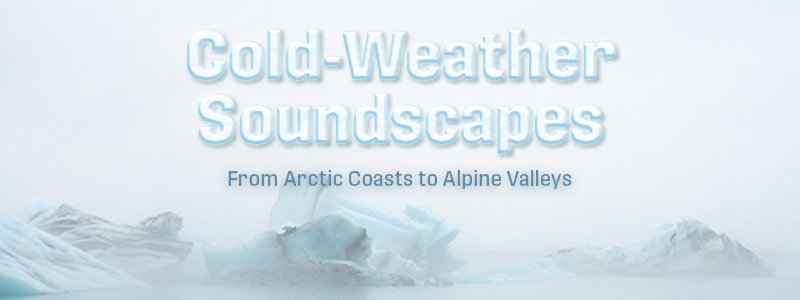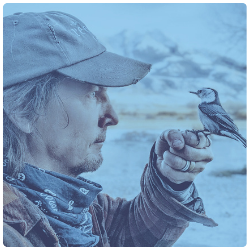Unitura are experts in nature-inclusive construction and renovation who provide off-the-shelf solutions to projects that require roosting and habitat mitigation. They are involved in the design and manufacture of their own product lines, including bat boxes, bird boxes and insect hotels. They are specialists in green architecture in the form of green roofs or facades and provide bespoke services for nature inclusivity projects.
We recently had the opportunity to talk to the founders of Unitura, Sicco, Robert-Jan and Henk, about the company, their product range, what they hope for the future of the business and more.

Firstly, can you tell us about what inspired the establishment of Unitura?
The founding of Unitura stemmed from our shared interests. Prior to founding Unitura, Sicco and Henk were already engaged in providing ecological advice, while Robert Jan was primarily involved in the building sector. During a casual gathering, we brainstormed and landed on the concept of bat boxes. At that time, there was limited knowledge about such products in the market, presenting us with an intriguing challenge.
We started out quite simply – making and painting bat boxes in a small, rented office in a farmhouse. During the week, we focused on consultancy work and at the weekend we focused on producing bat boxes. We noticed that more was possible than just bat boxes and started to expand our range. It was no longer just about bats, but a complete range of in-field, nature-inclusive building.

How has the idea of nature-inclusive building been received since the company was founded, and how important do you think this is for the future of the planet?
Since our company was founded, the idea of nature-inclusive building has mainly been driven by legislation. However, we are now seeing a shift where it is becoming more of an integral part of construction projects and people are recognising its broader importance. We expect that in the future, it will become a standard component in the construction industry, particularly in the Netherlands where we see nature-inclusive building gaining more traction.
A few years ago, green buildings were rare, but now architects are increasingly incorporating them into their designs. This rapid development in the Netherlands is due to both political and corporate recognition of its urgency. Governments are implementing more regulations and companies are eager to adapt to these changes.
You have a very wide range of products on offer, from nest boxes, insect hotel and seeds, to equipment needed to create live, biodiverse green roofs. Can you tell us a bit more about your bestselling products?
Our best-selling products are the wood-concrete built-in facilities for birds and bats. Our range includes an extensive series of modular bat boxes that can be endlessly expanded and exchanged. This allows you to put together your bat boxes according to your own wishes. These boxes are specifically designed for bats that live in buildings. We also offer various built-in facilities for birds, including swifts and House Sparrows, which can be easily integrated into the masonry.

How did the introduction of the Nature Conservation Act in 2017 affect the design and manufacturing of your products?
The introduction of the Nature Conservation Act in
2017 likely impacted the design and production of our products. Similar legislation already existed in the Netherlands prior to this. At the moment, according to Dutch law, it is mandatory to conduct ecological research on protected species and their habitats before construction activities can commence. As a solution, a Species Management Plan (SMP) is now in place. An SMP outlines the protected species present in an area and the threats they face, whether across the entire municipality, in specific neighbourhoods, or within areas earmarked for significant sustainability or construction activities. It also describes the actions needed to protect, restore, or even increase the population of species.
For our company, this may entail adjusting our designs and manufacturing processes to comply with the regulations set forth in the SMP. For instance, in the insulation industry, our designs must account for specific insulation values to ensure that our product is suitable for use in various construction projects, such as installing nest-boxes in cavity walls.
I think the live, biodiverse roofs and building facades that you create are a fantastic idea and look stunning, however they are sadly quite uncommon here in the UK. Can you talk us through how you create them, why they should be used instead of a flat roof and how they benefit the environment?
Our green roofs offer various benefits, including reducing heat stress, significant water buffering capacity and CO2 reduction – they are also well-suited for renovation, as they are made with cassettes (HDPE units containing pre-cultivated wildflowers and herbs used to make green roofing). Within these cassettes, we use native species that contribute to promoting biodiversity and support local flora and fauna.
The process begins with the manufacturing of cassettes, which are then placed on the roof. These cassettes are produced by specialised nurseries and contain a substrate in which we sow native seeds from our partner organisation, De Bolderik. After approximately 12 weeks, the cassettes are ready to be installed on the roof.

Do you have any new products on the horizon that you can tell us about?
We continuously work on developing new products. We recently launched a new sensor specifically designed for detecting incoming and outgoing bats. With an active lifespan of two years, this sensor enables long-term monitoring. Users can easily view and download the sensor results via the companion app.
What is the hope for the future of Unitura?
Our aim is to broaden our model into a complete supplier of nature-inclusive solutions, integrating green elements such as green facades and green roofs. Moreover, we are firmly committed to expanding our presence in the international market. We are curious what the future will bring us!
Unitura Modular Bat Tubes
This modular bat tube from Unitura is a highly versatile built-in solution for bat mitigation and integration into a wall. Each tube has a single or multiple large crevices with a sloped entrance hole to accommodate bats leaving and entering the site and promote the runoff of water away from the interior of the tube. The tubes come in single, double and triple crevice layers and with/without an entryway. They can be mixed and matched completely depending on the design specification of the build and built as large or as small as needed.
This single crevice external bat box from Unitura provides a suitable and durable roost for crevice-dwelling bat species. Made from thermally stable and resilient woodconcrete this bat box can be mounted to any external walls where a roost may be needed. MULTI-MONTI fixings are included and are designed to be used without a Rawl plug. The screw anchor is approved for installation in cracked and uncracked concrete, as well as a whole range of other building materials.
Unitura External Swift Box
This external single-cavity swift box has been designed as a long-lasting nest box for swifts. Constructed from woodconcrete this swift box has a sloping roof to provide drainage and prevent dirt streaks from forming on the external wall. These boxes come with all the required fixings and an instruction card for easy assembly.
These under-eaves swift nest boxes are a subtle and attractive way of providing swifts roosting opportunities in your eaves and soffits while remaining durable and secure for both the home and birds. The roost is made of both a wooden concrete entrance stone and an FSC plywood box, with ideally only the entrance stone being exposed to the elements, improving the durability and longevity of the box. The box is designed to be mounted in multiple directions depending on the angle of mounting and the shape and angle of the soffit/fascia.
Unitura Little Owl Box
Designed to provide a secure nesting solution for Little Owls, whilst excluding unwanted species, this nestbox has an entryway vestibule to help discourage Stone Martens, a large open nesting space with a removable roof and drainage/ventilation holes in the base.




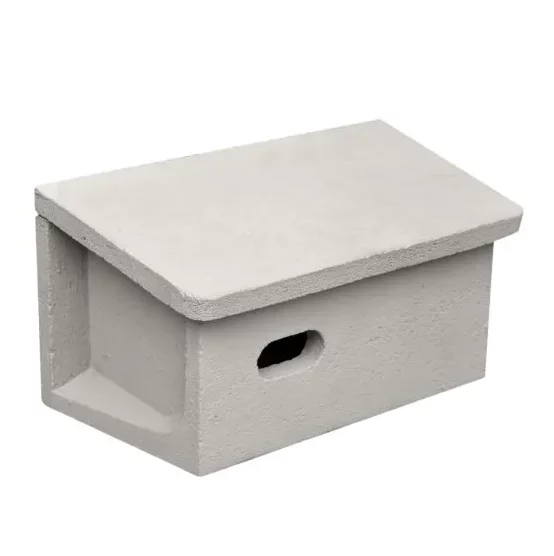
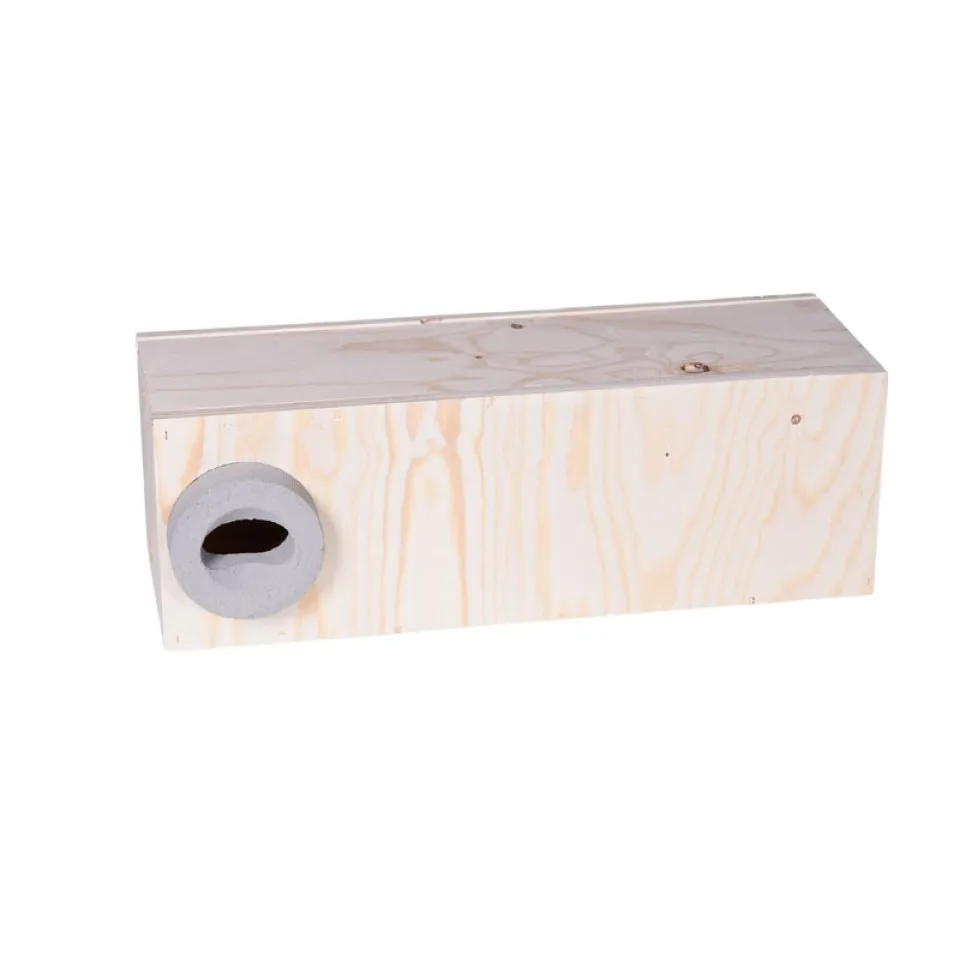
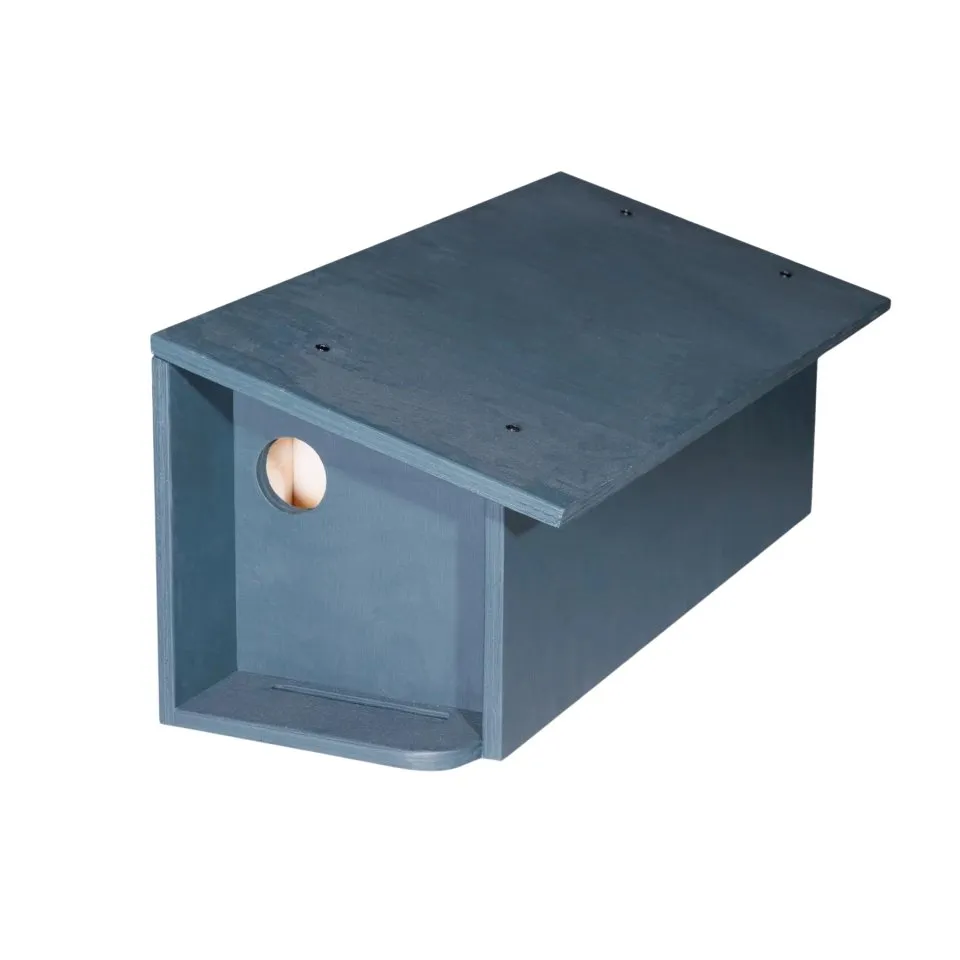
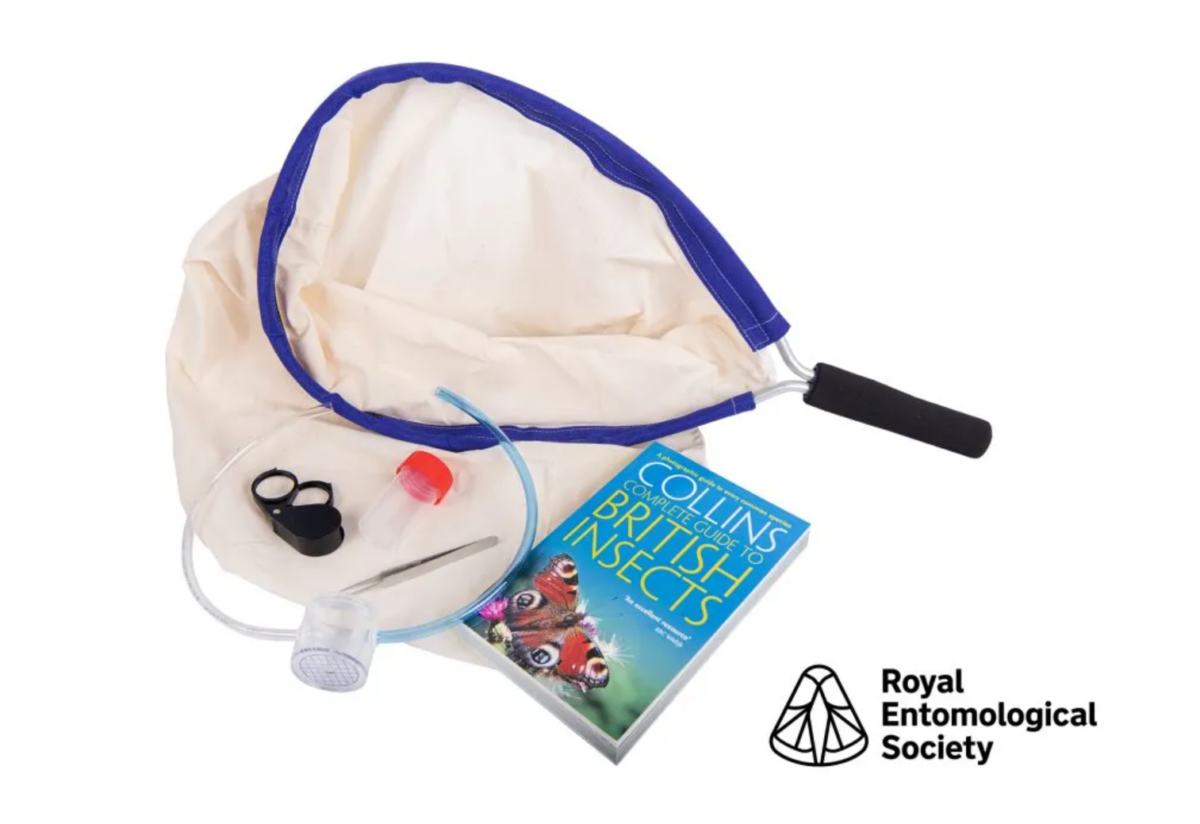
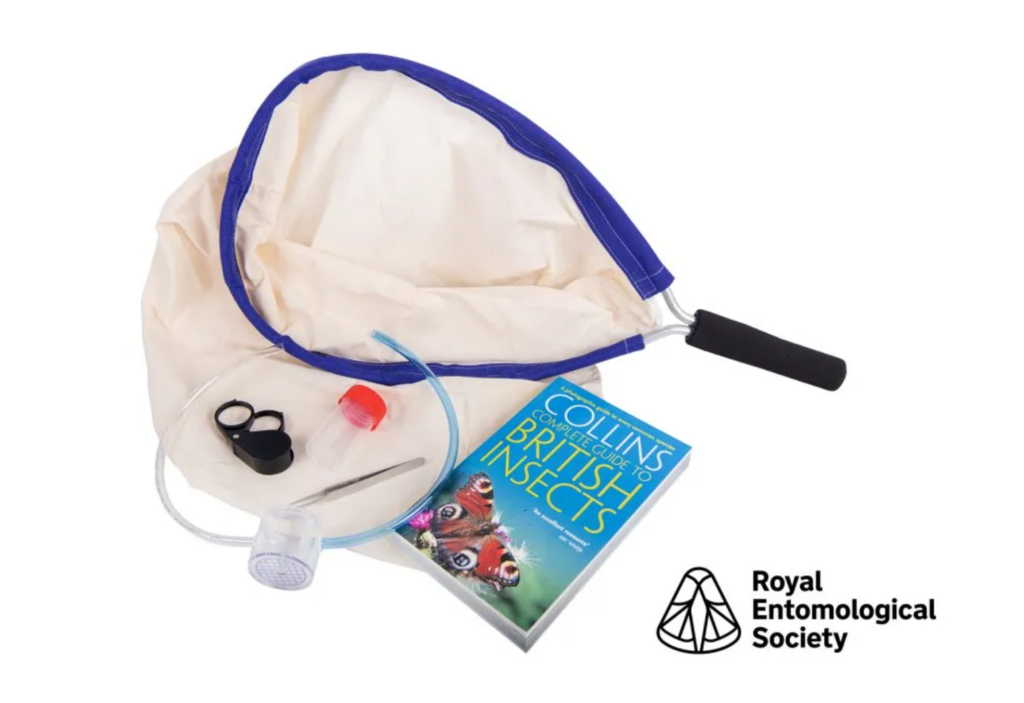
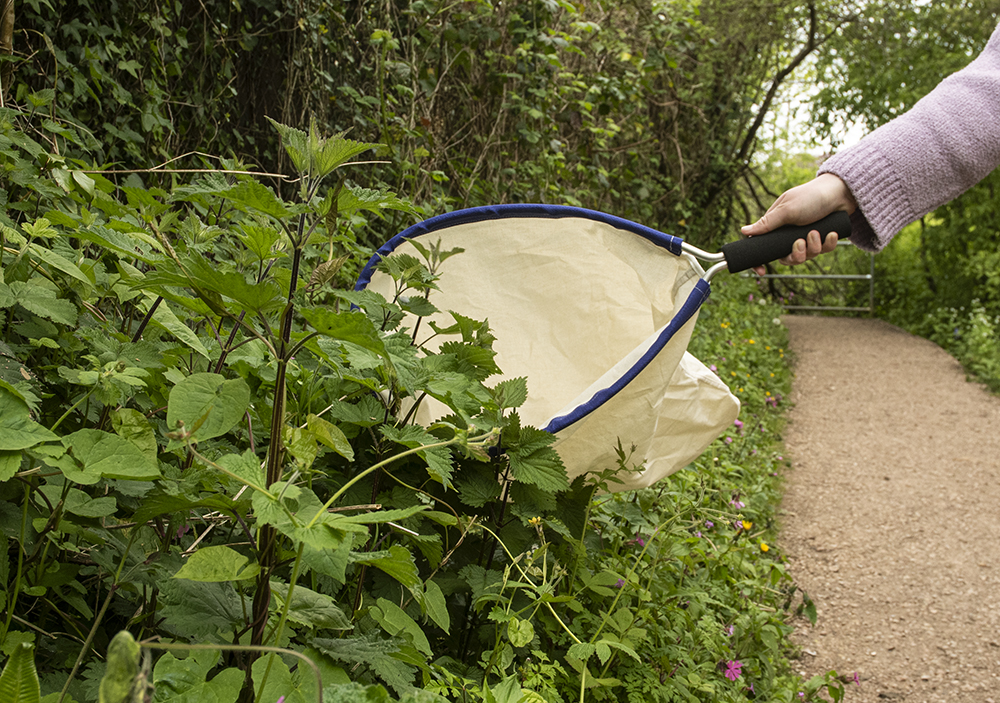
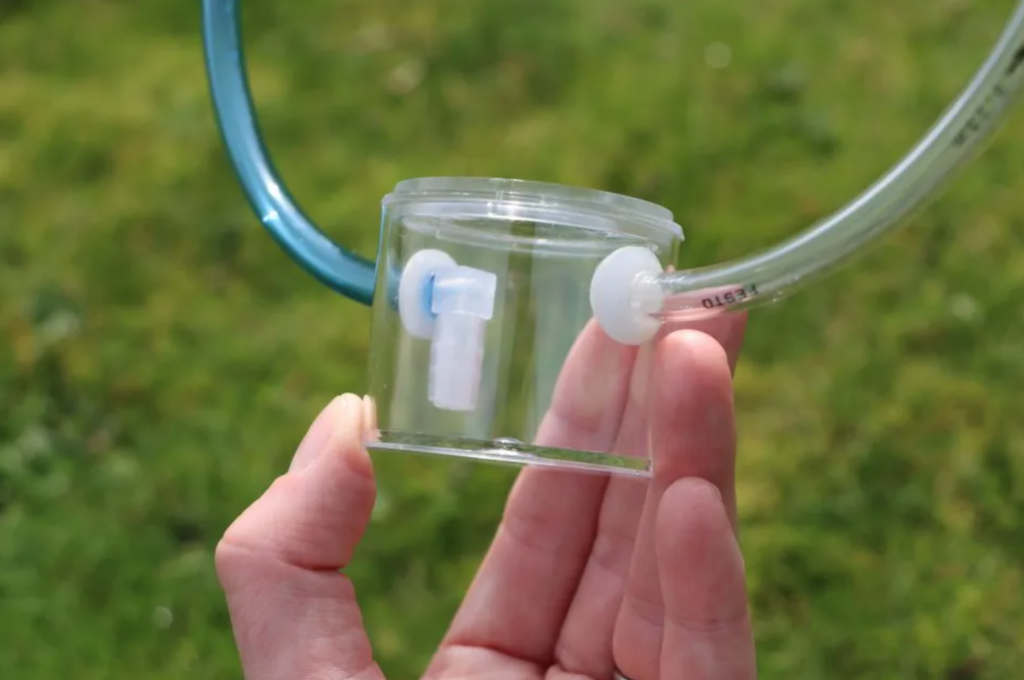
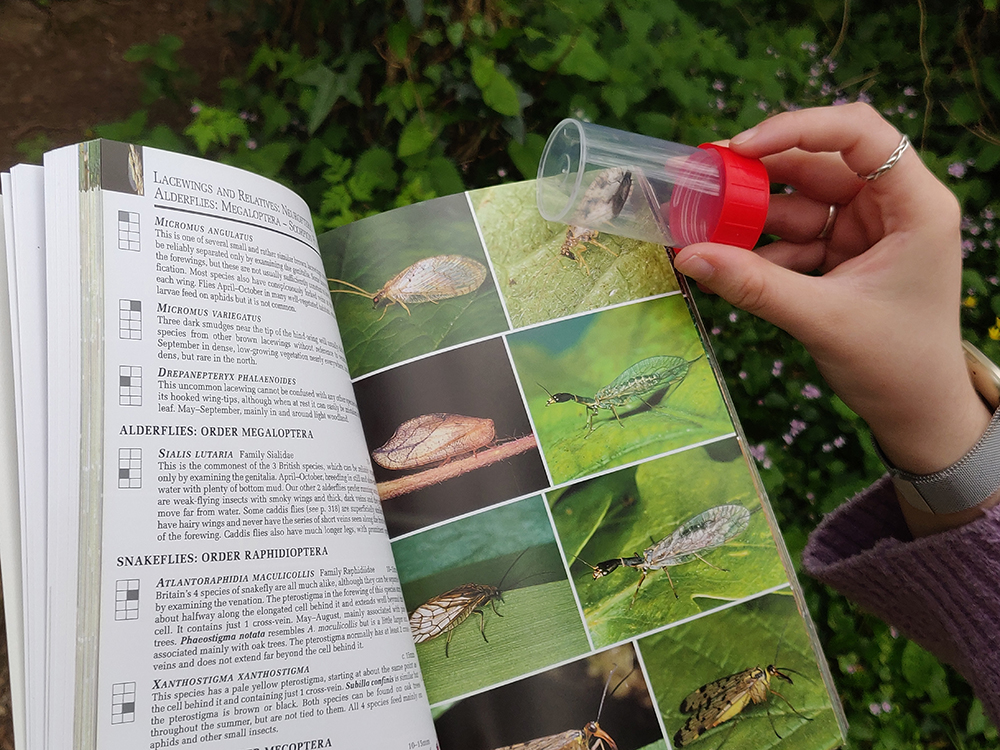
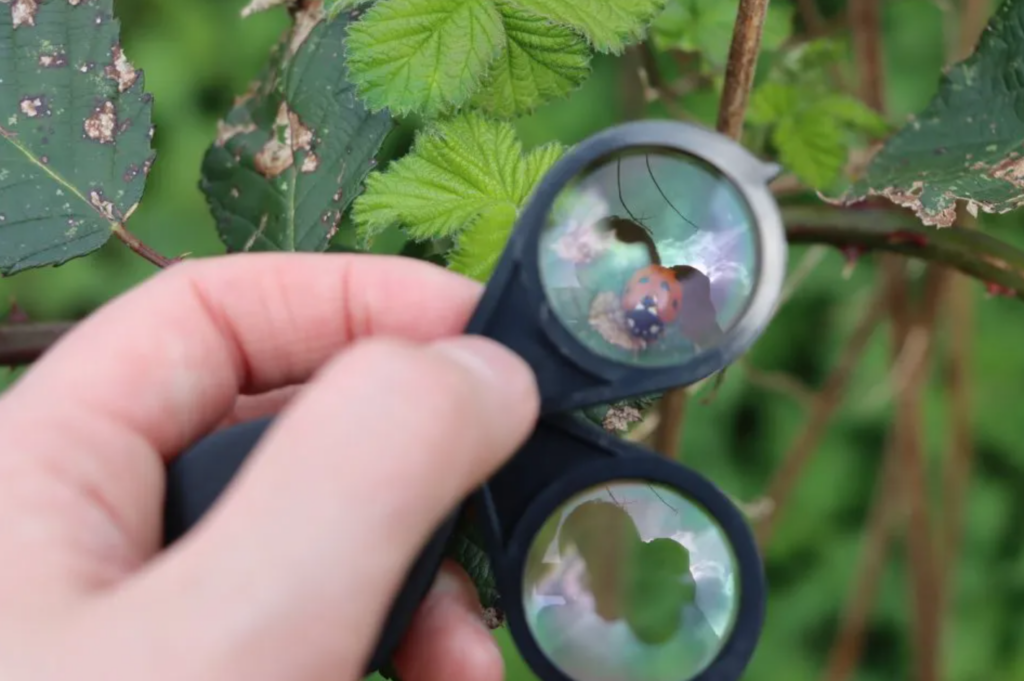
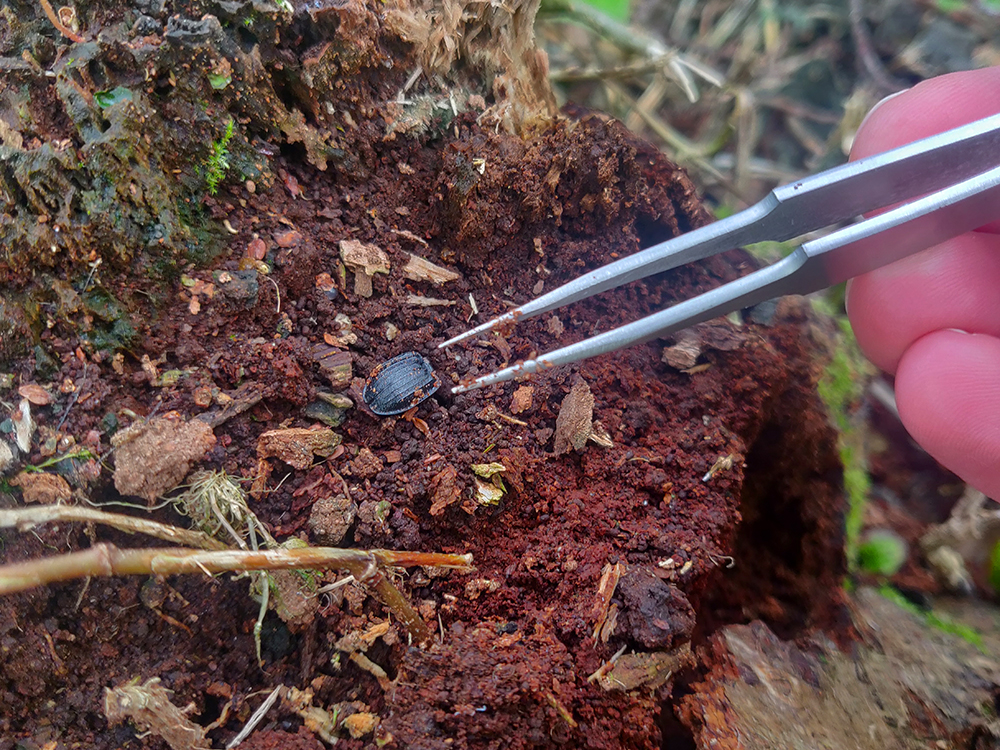
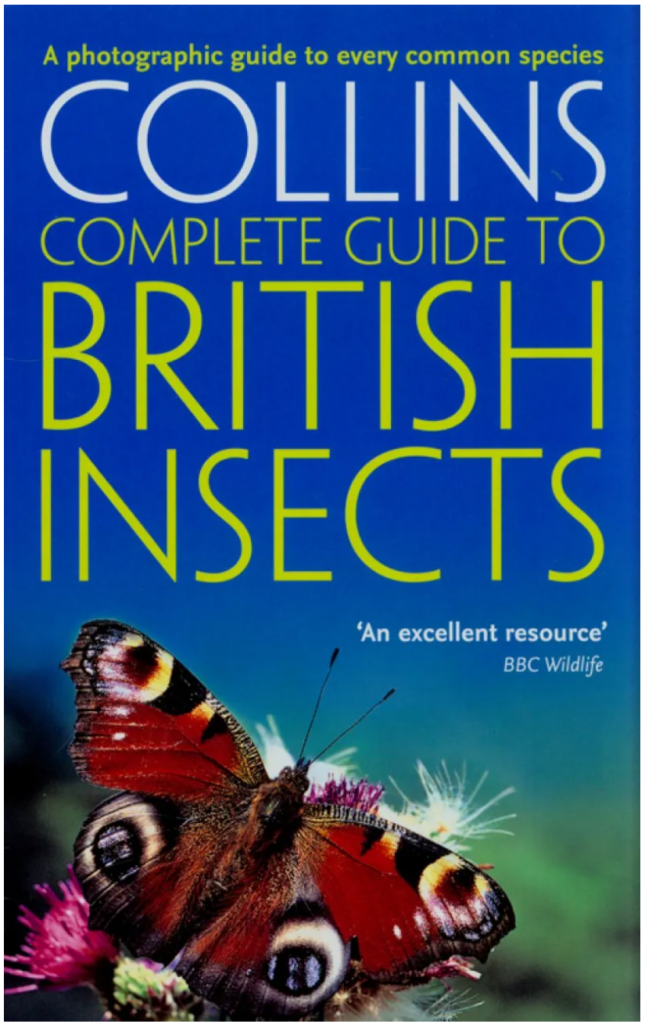
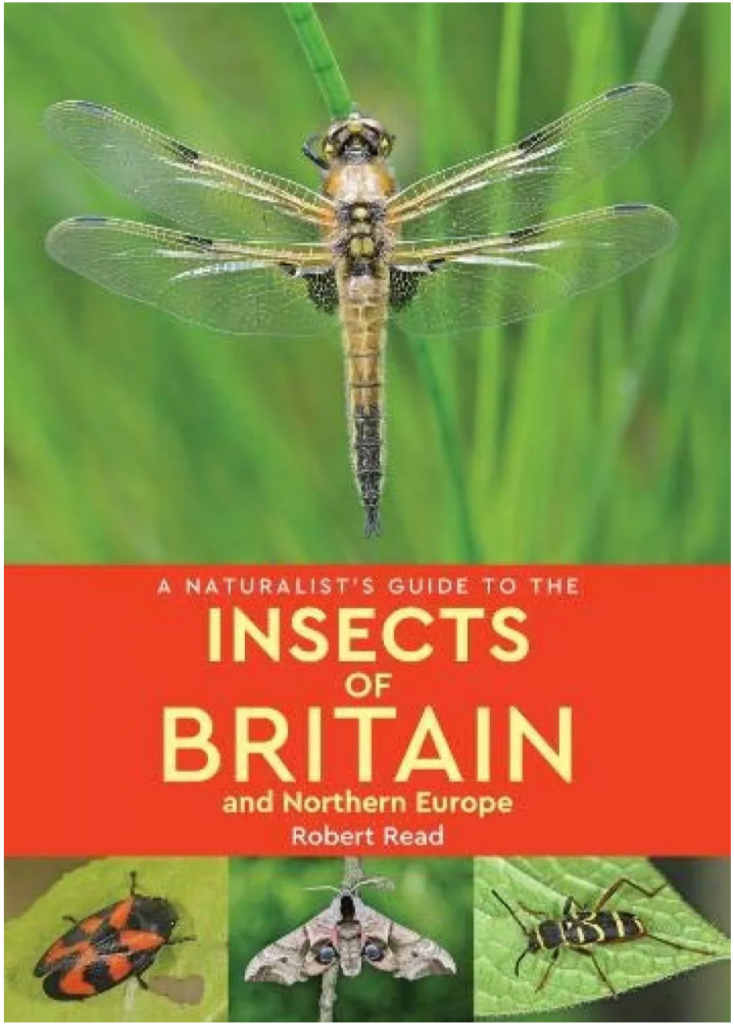
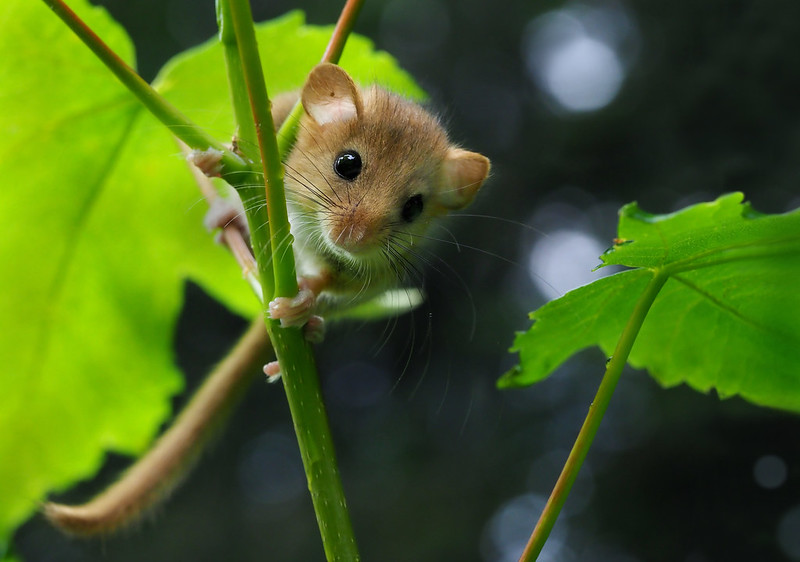
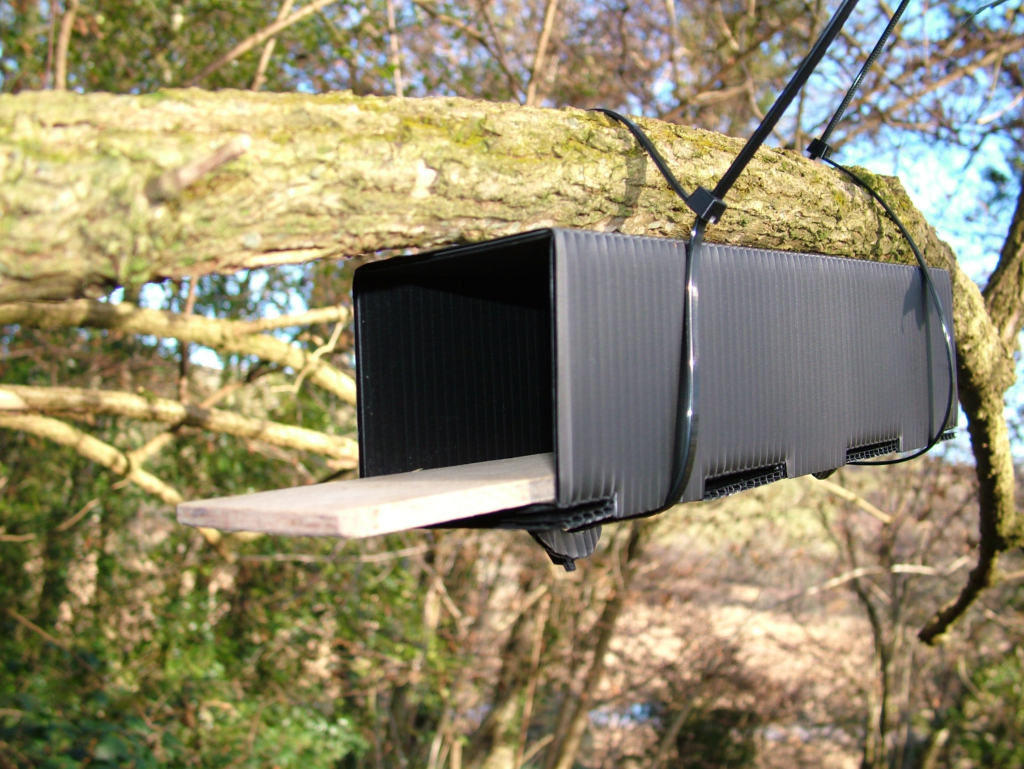
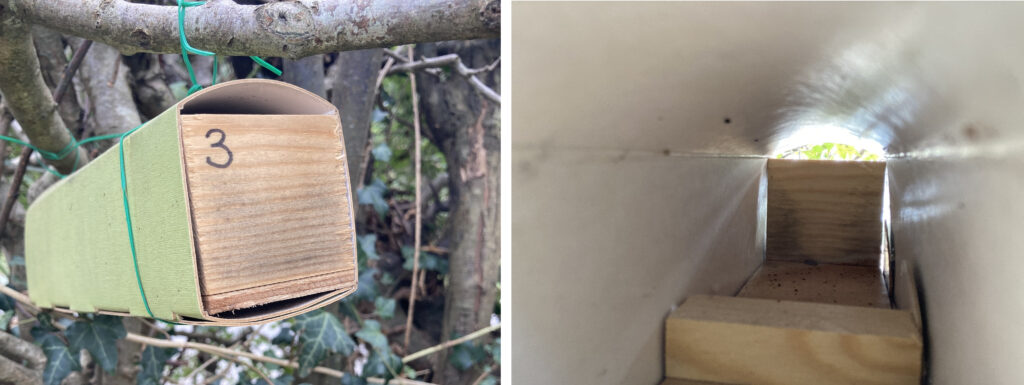
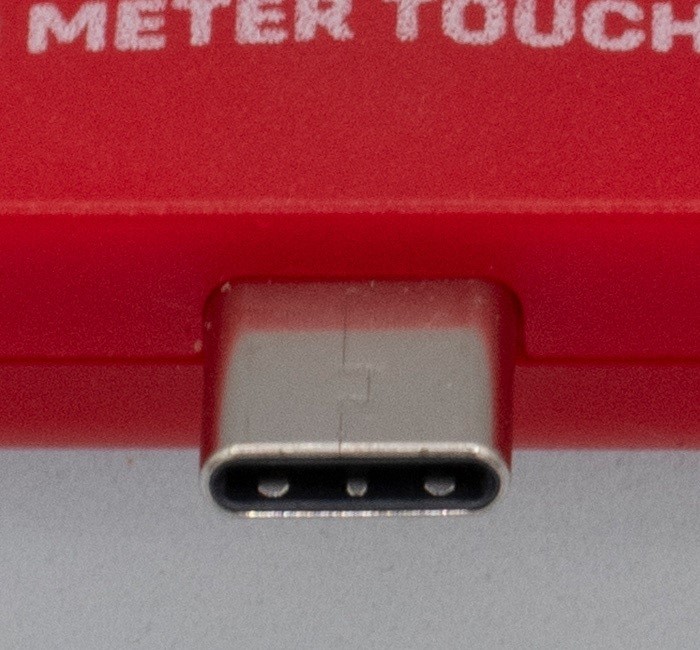
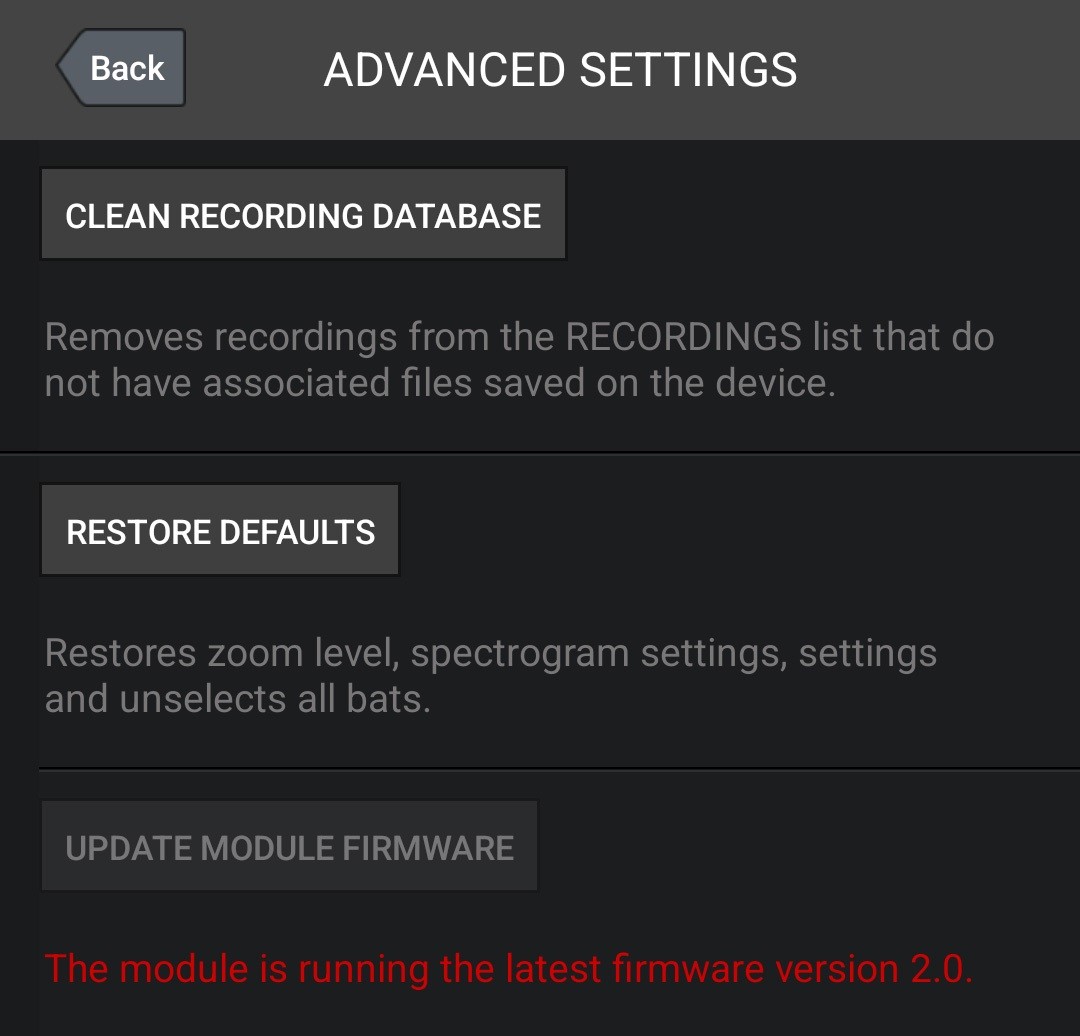
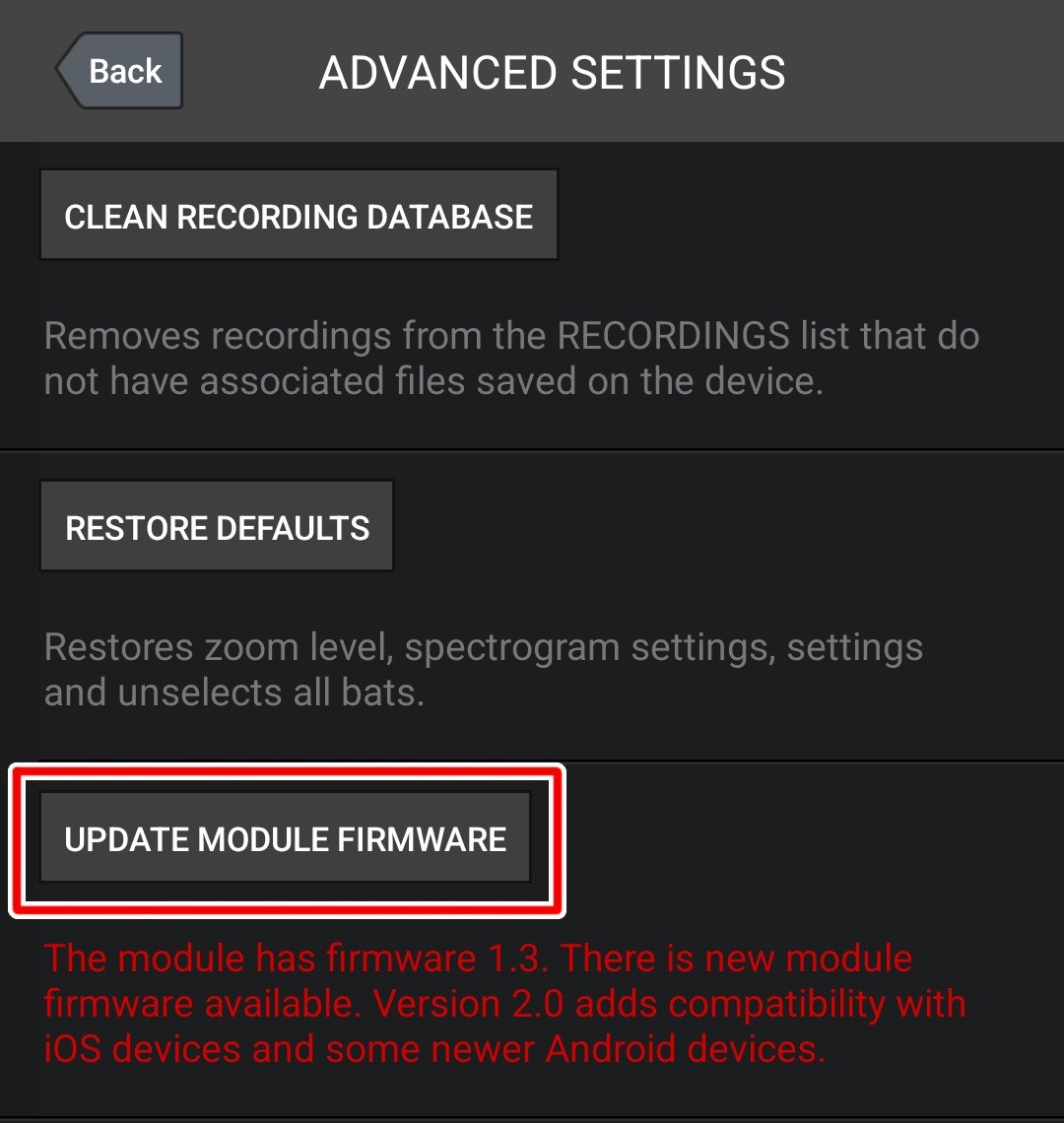

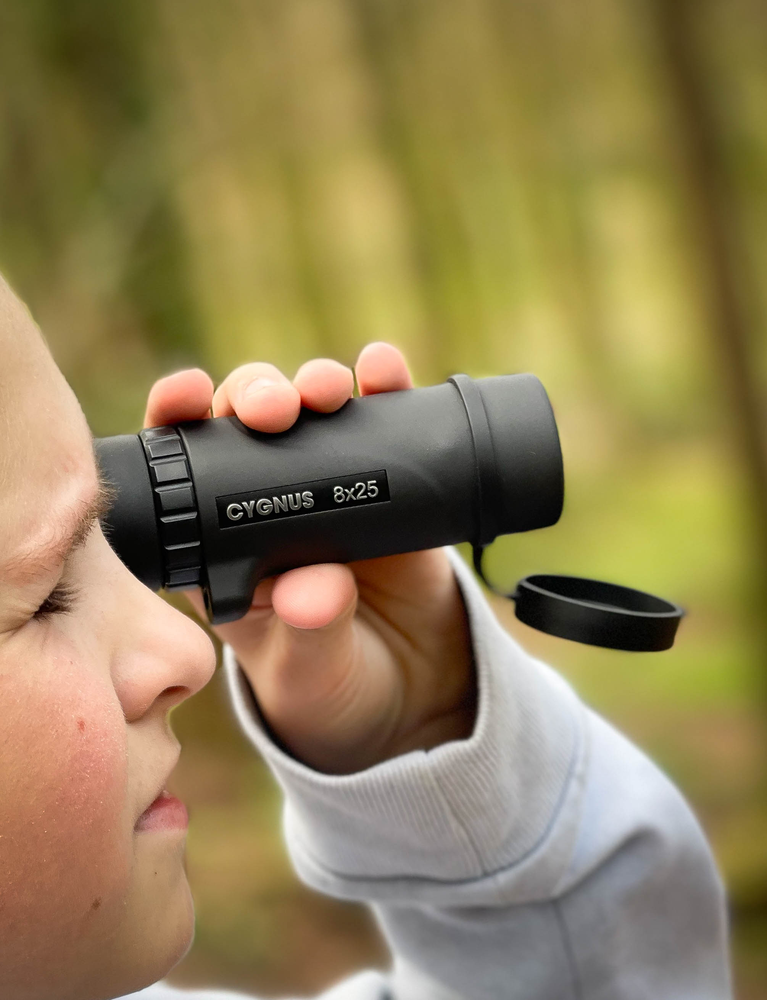
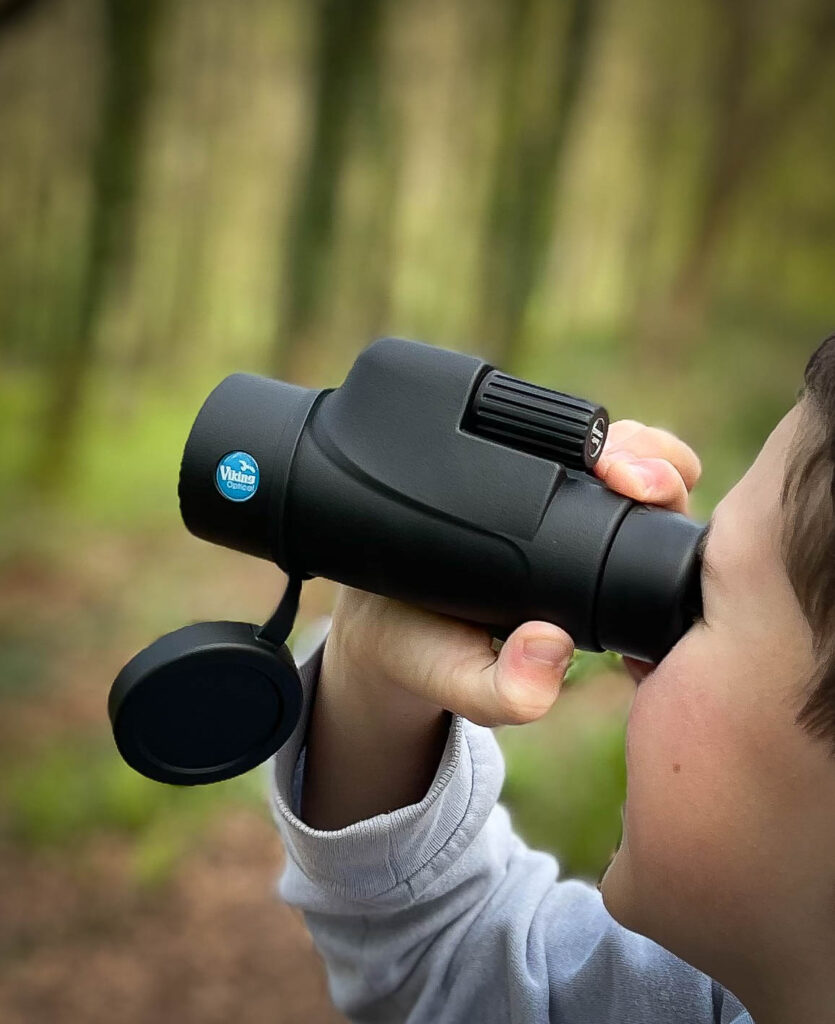
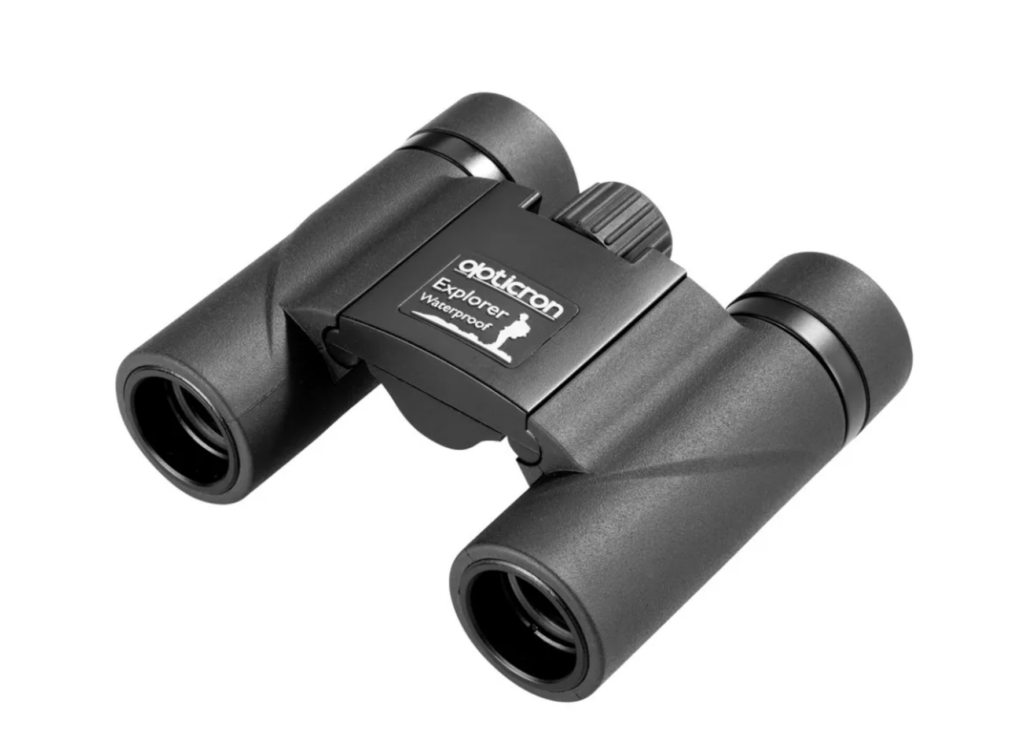
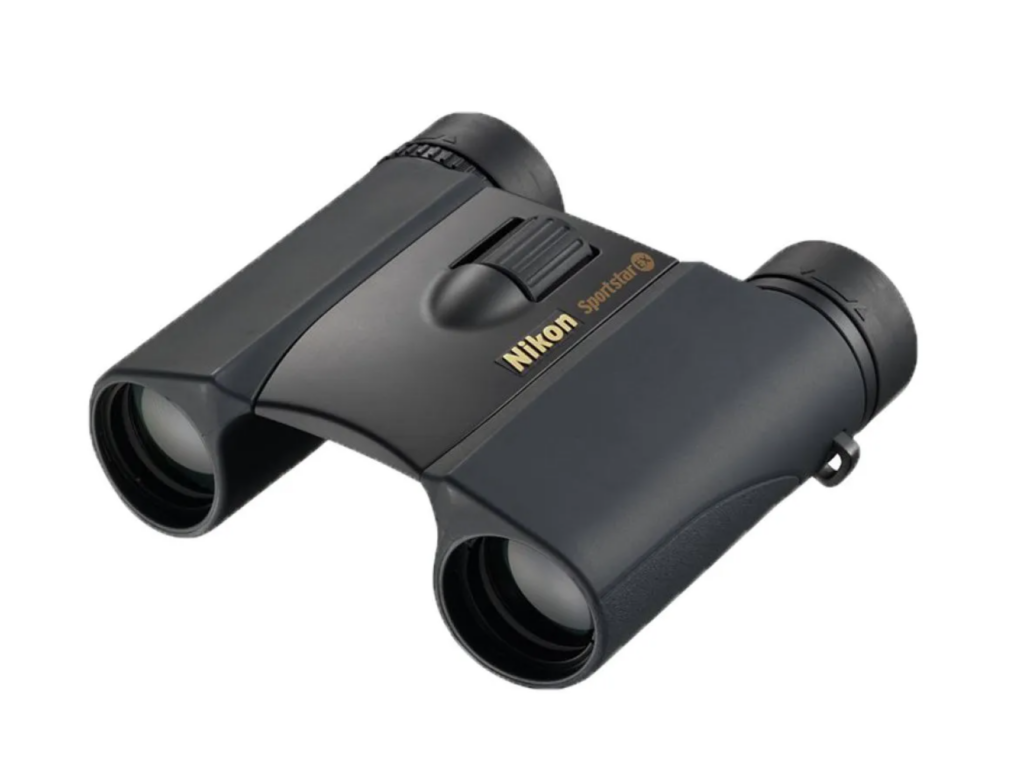
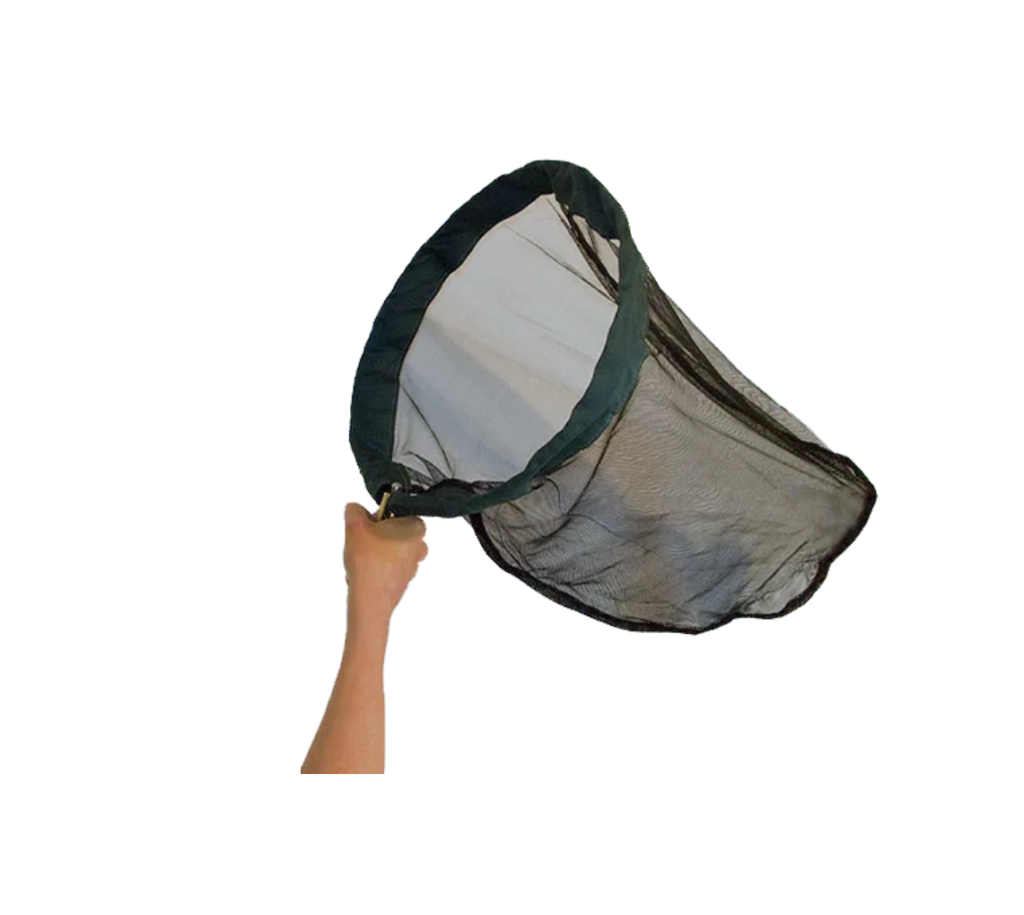
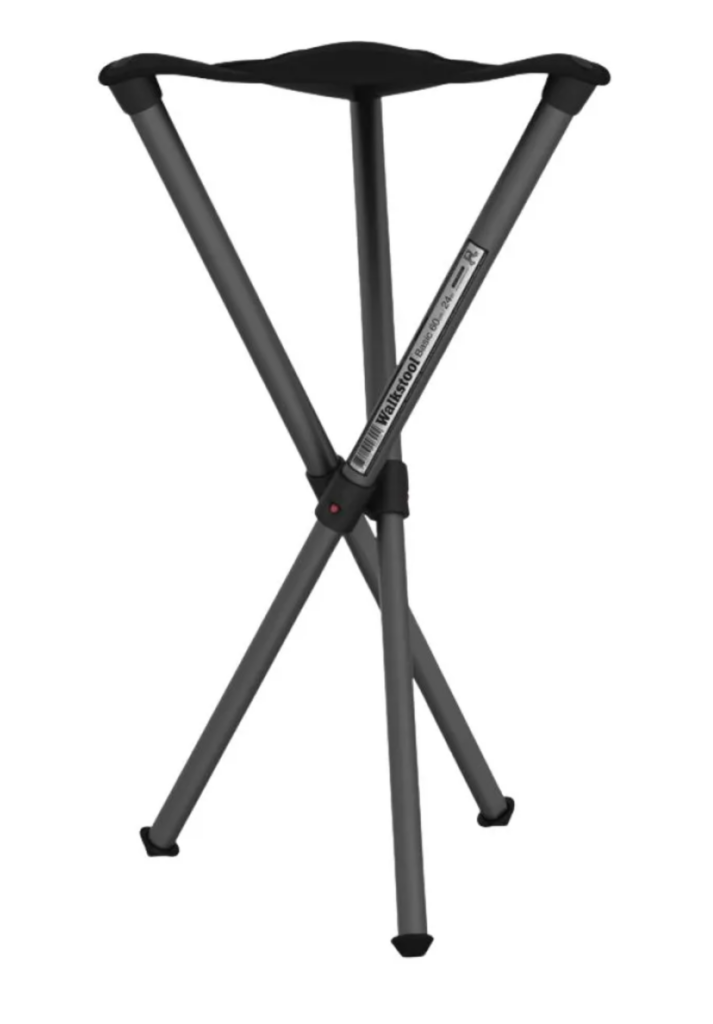
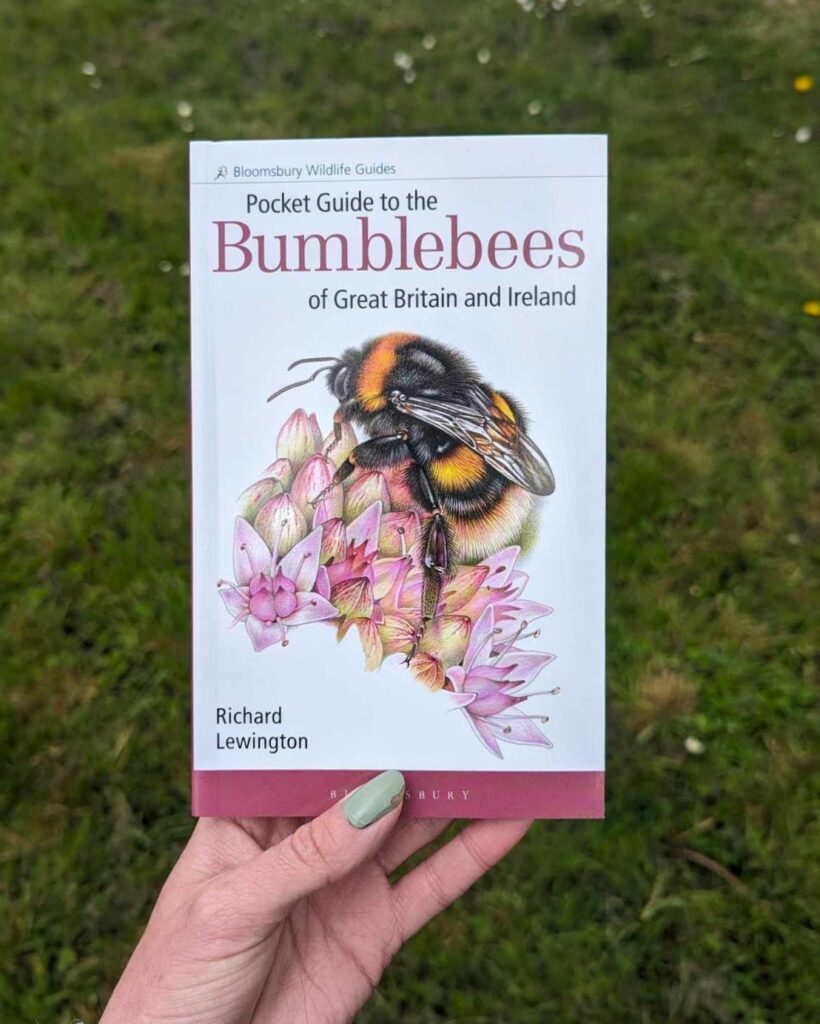
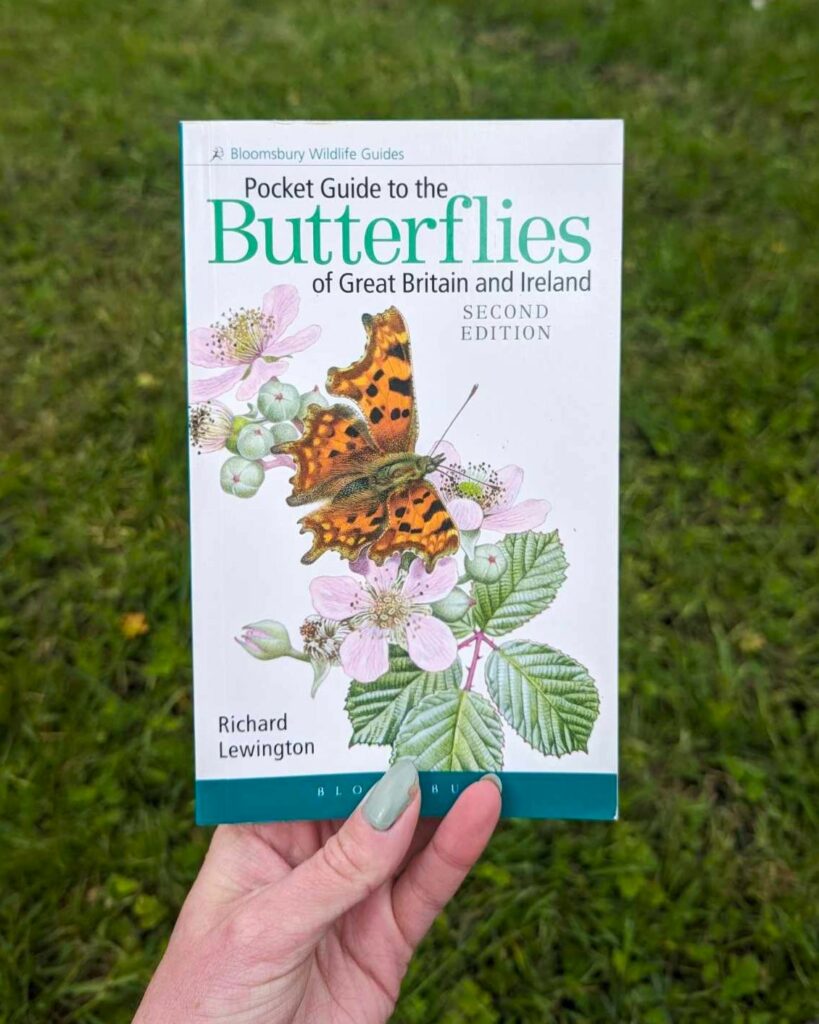
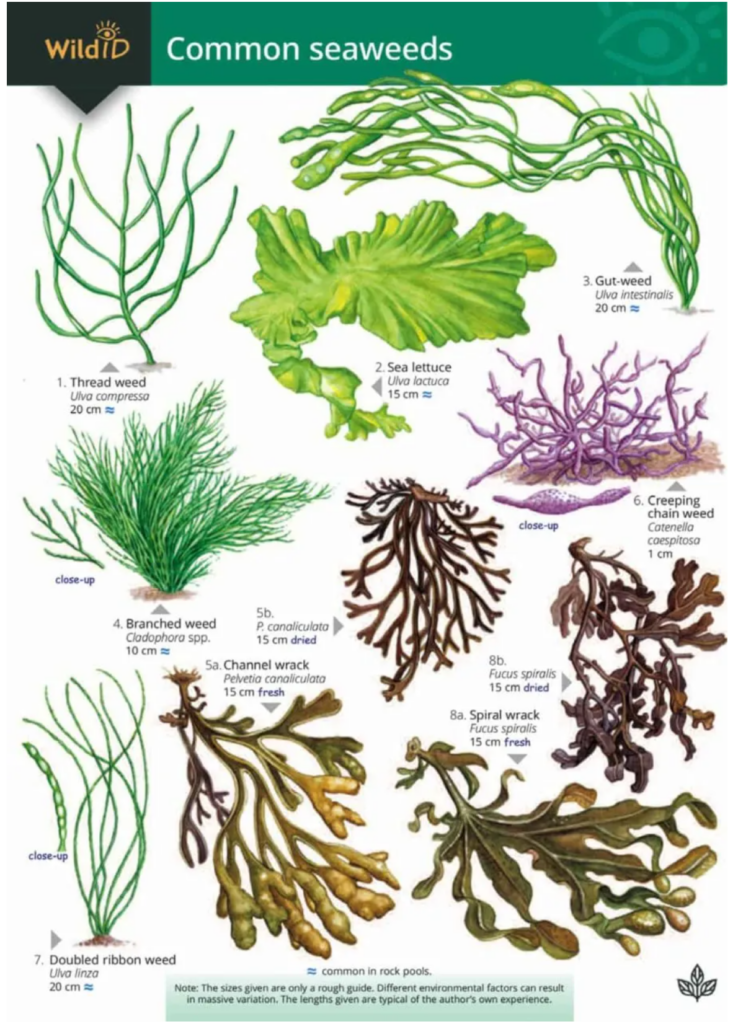
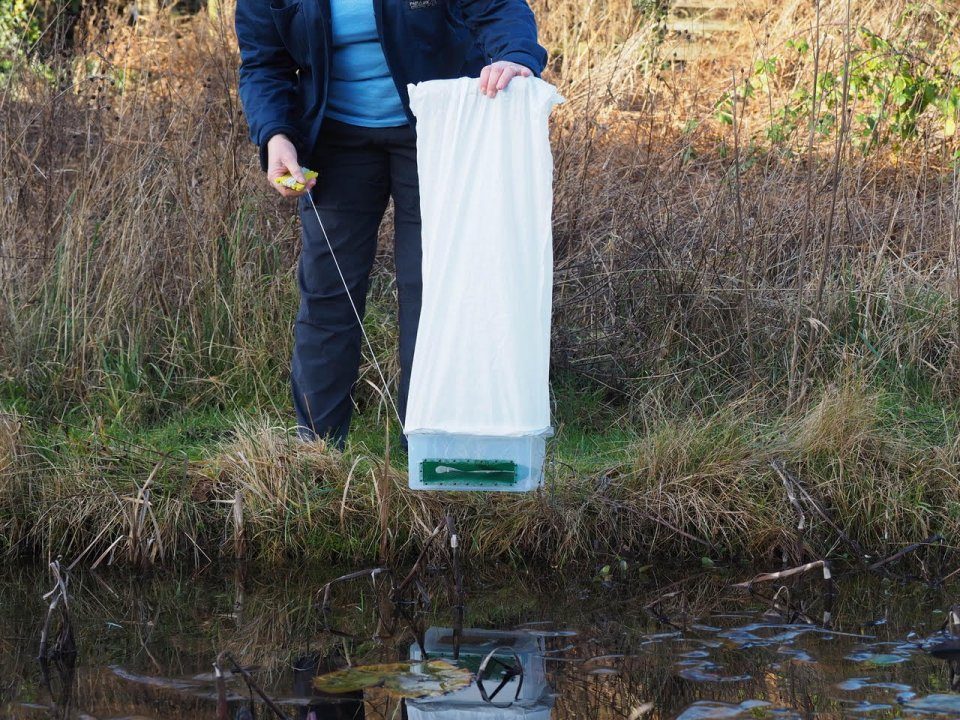
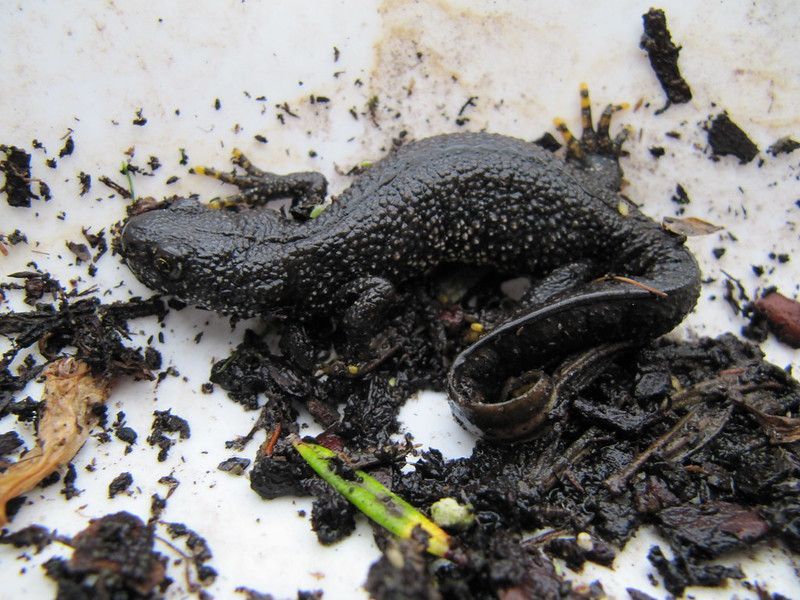
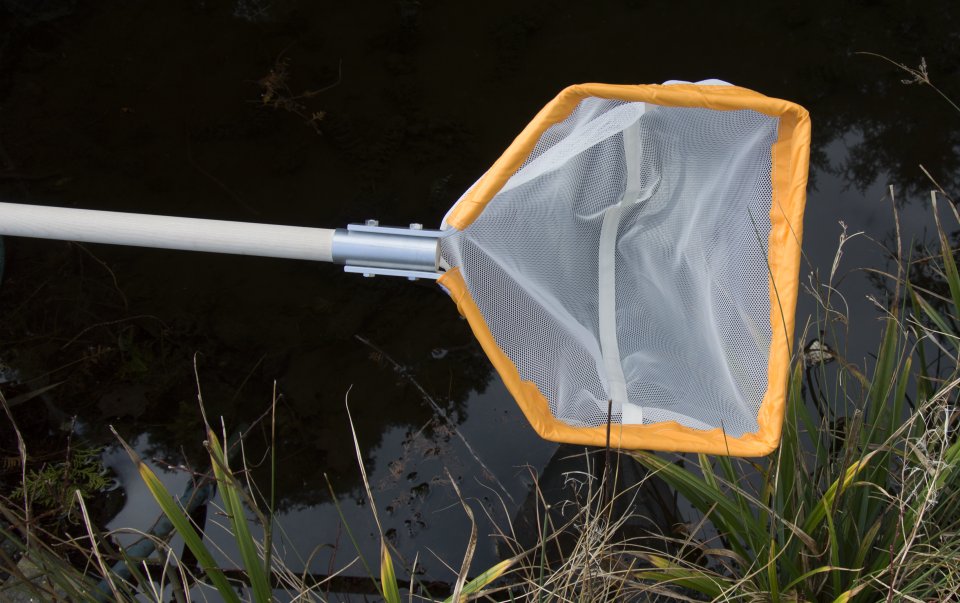
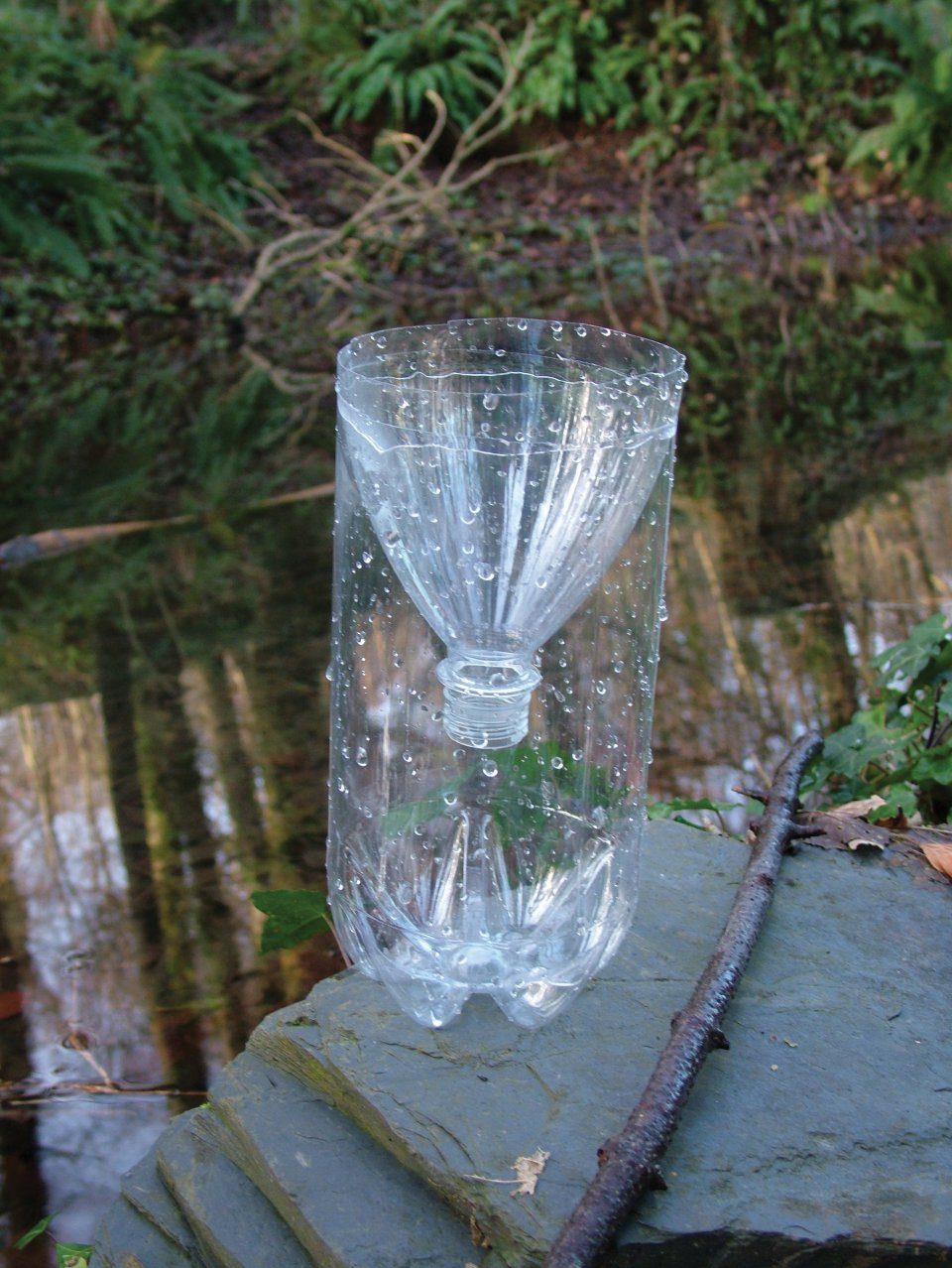

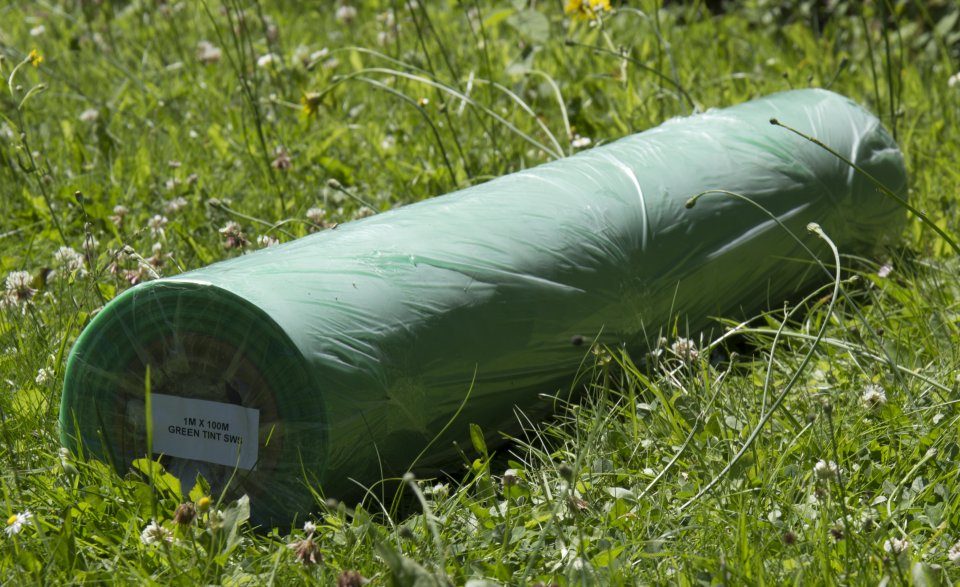

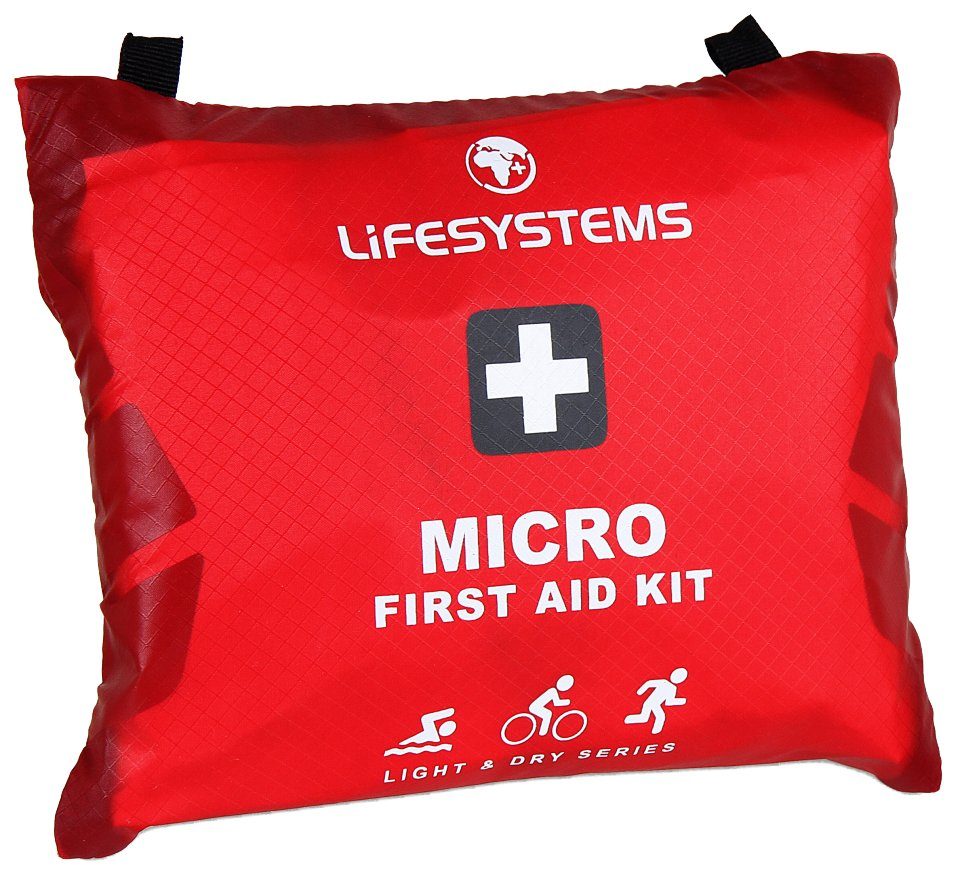

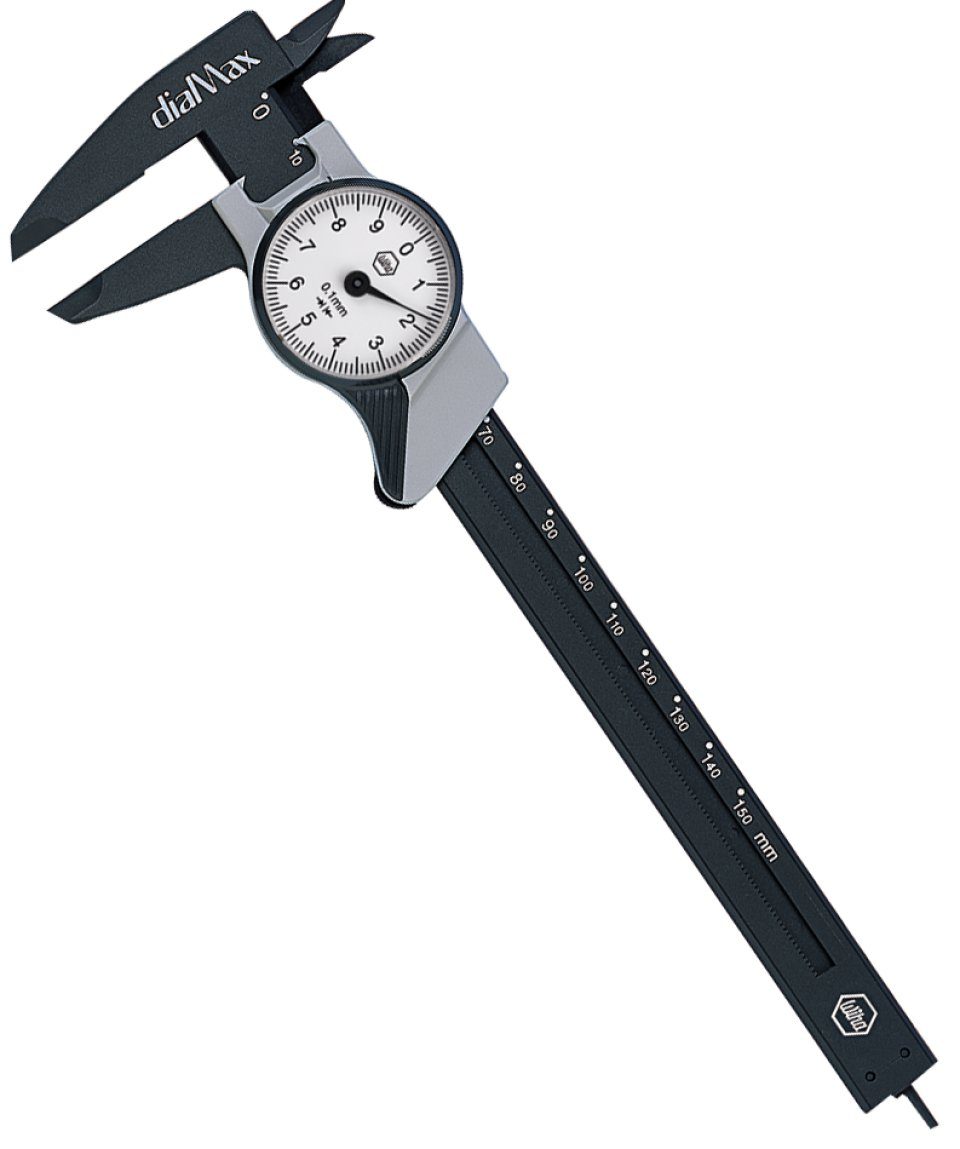

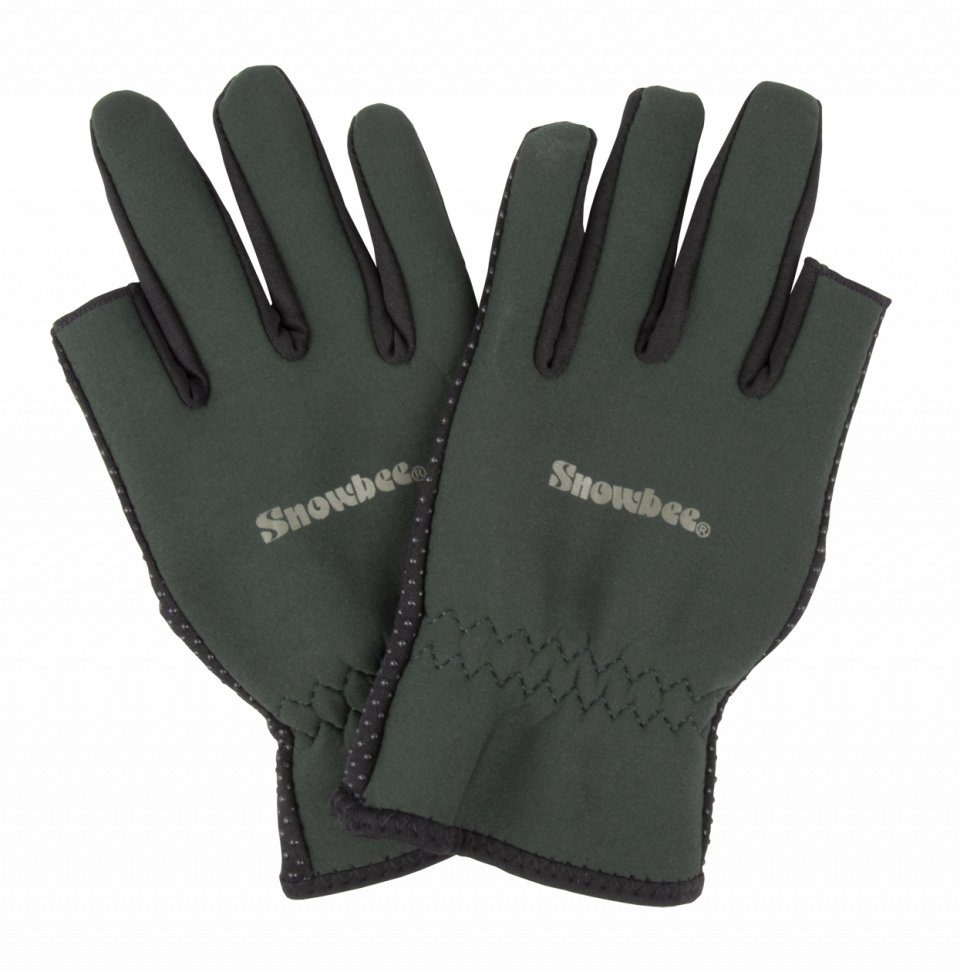


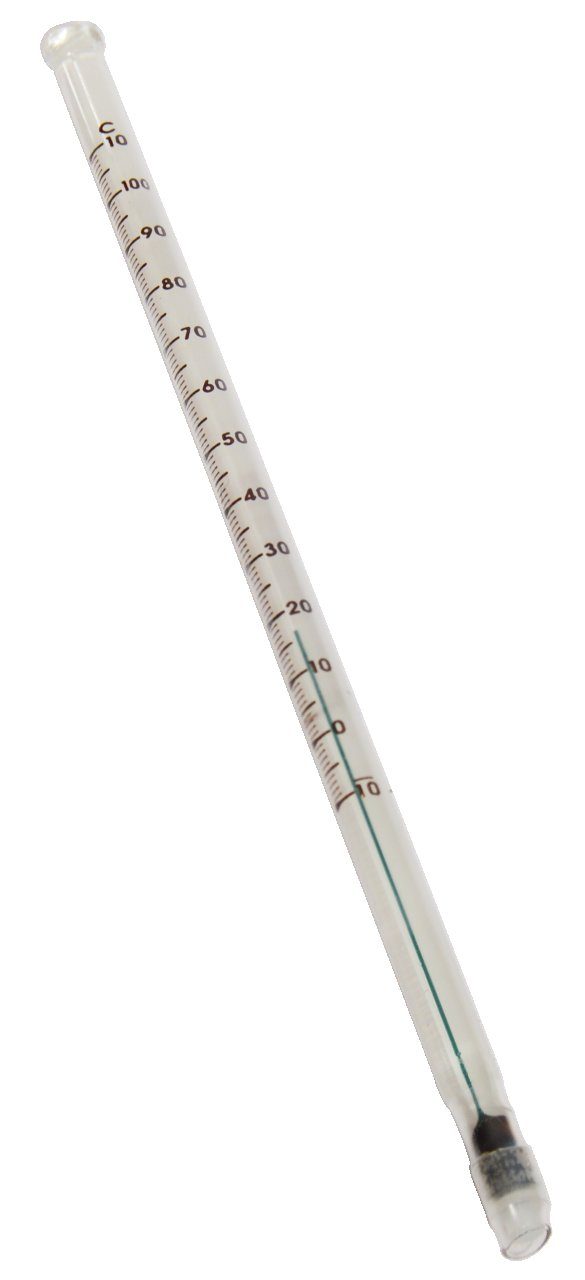
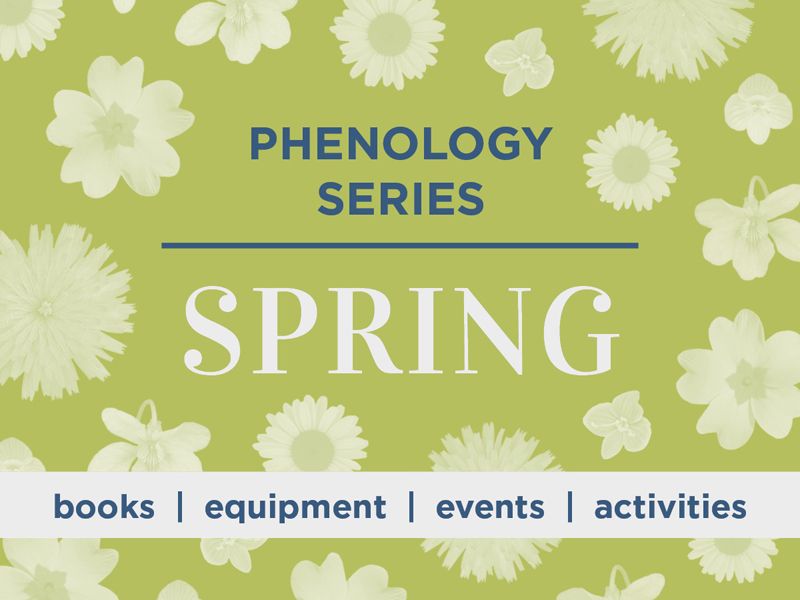


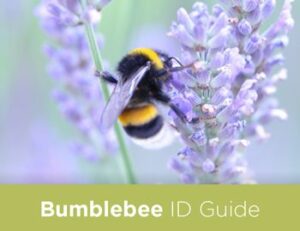
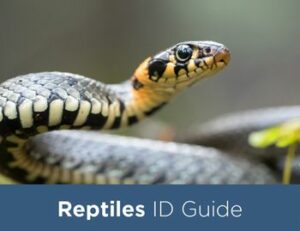
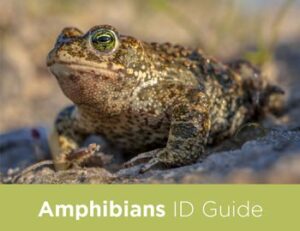
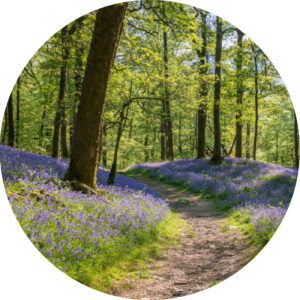
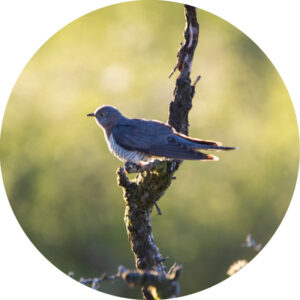



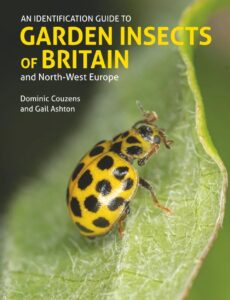
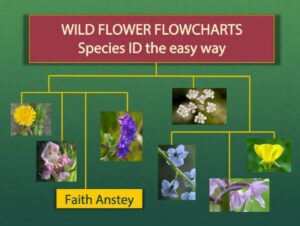
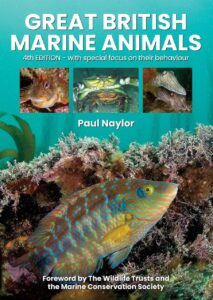
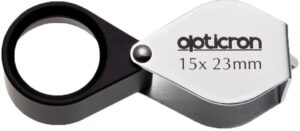
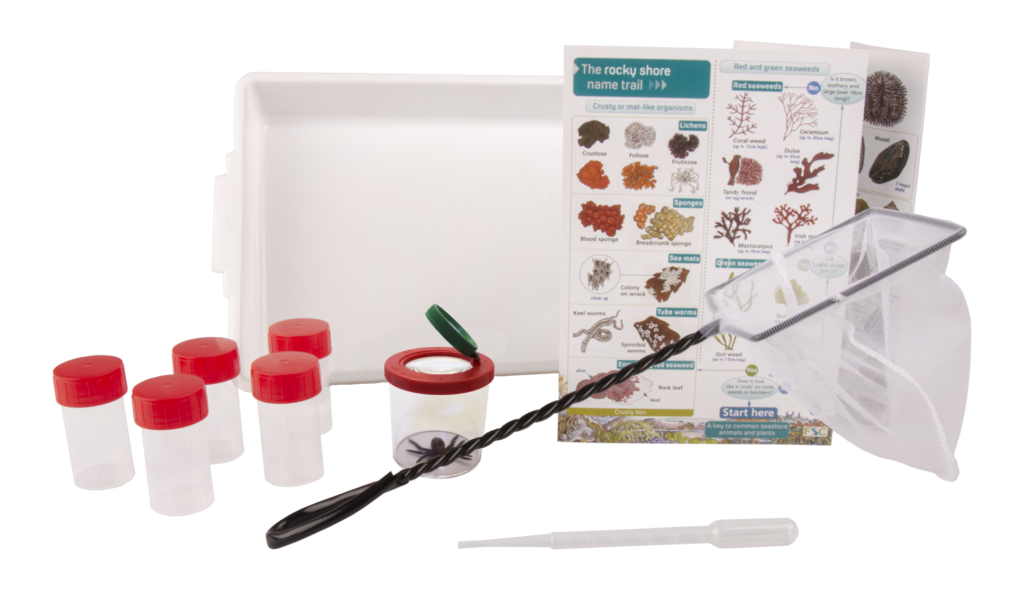
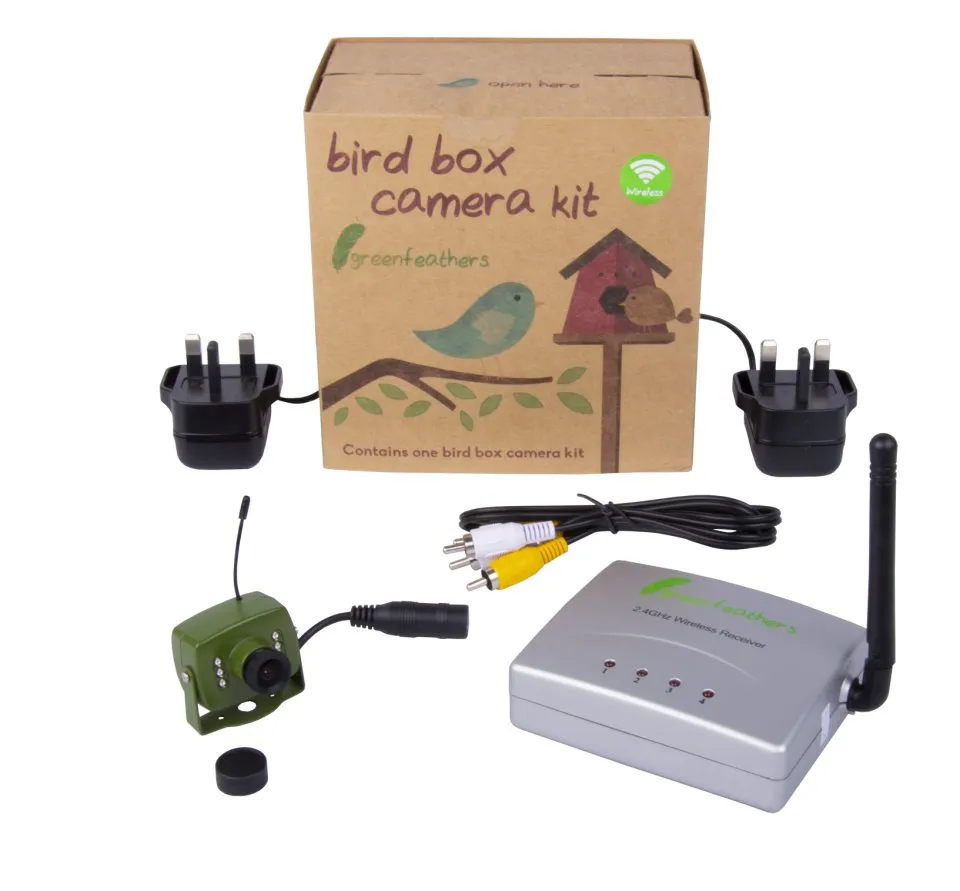

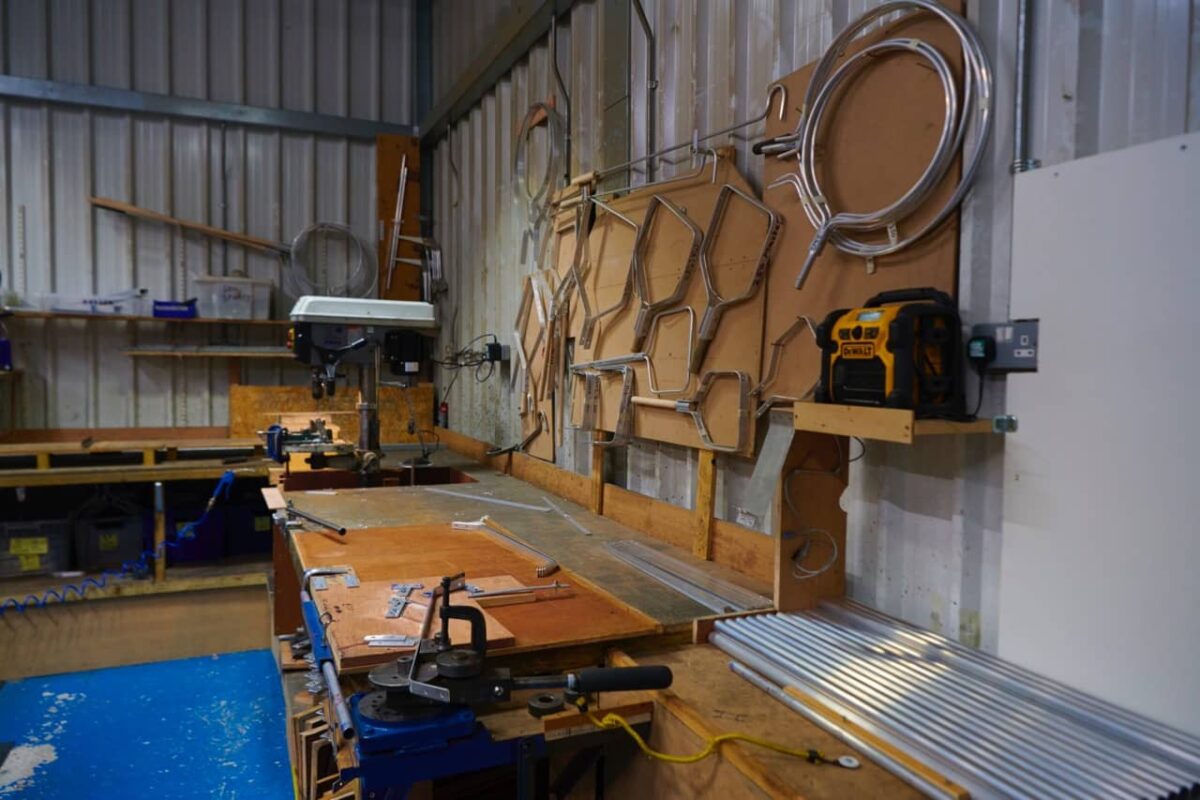
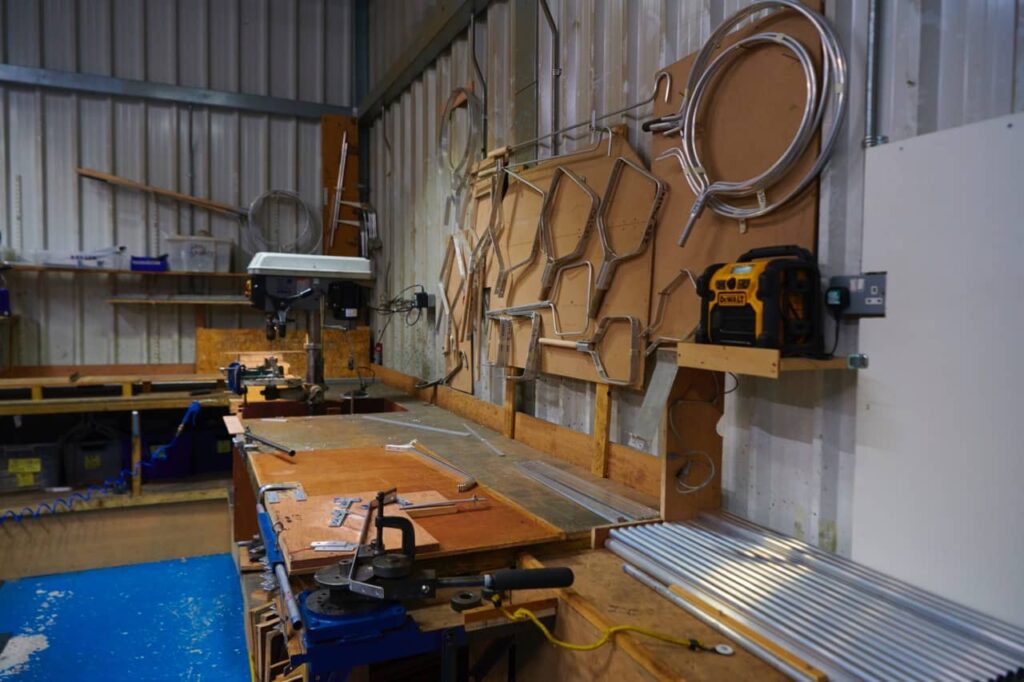
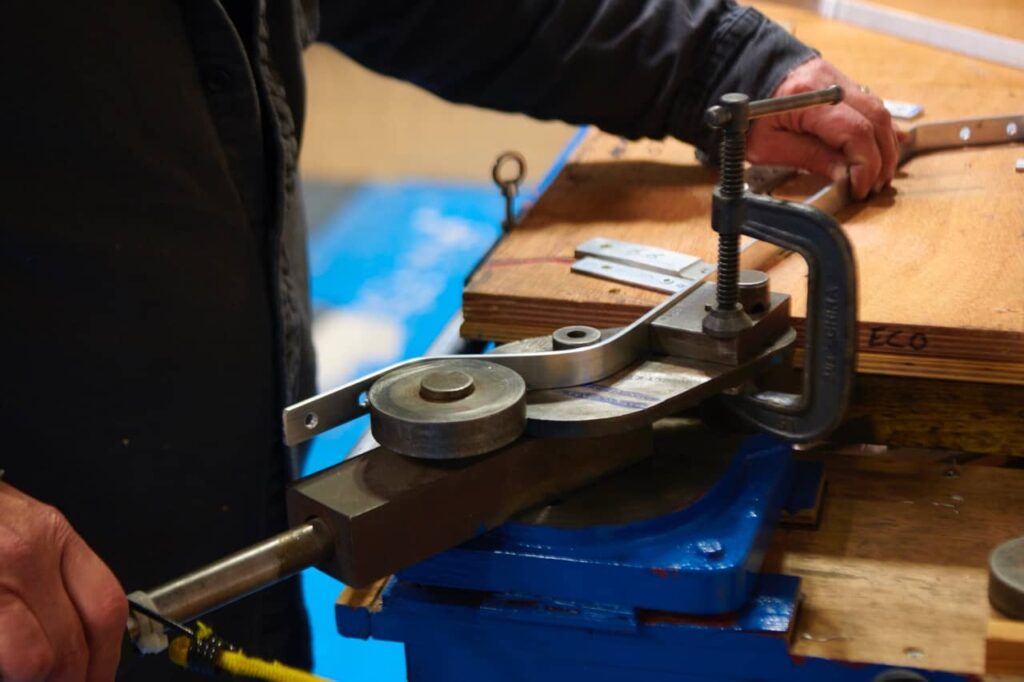
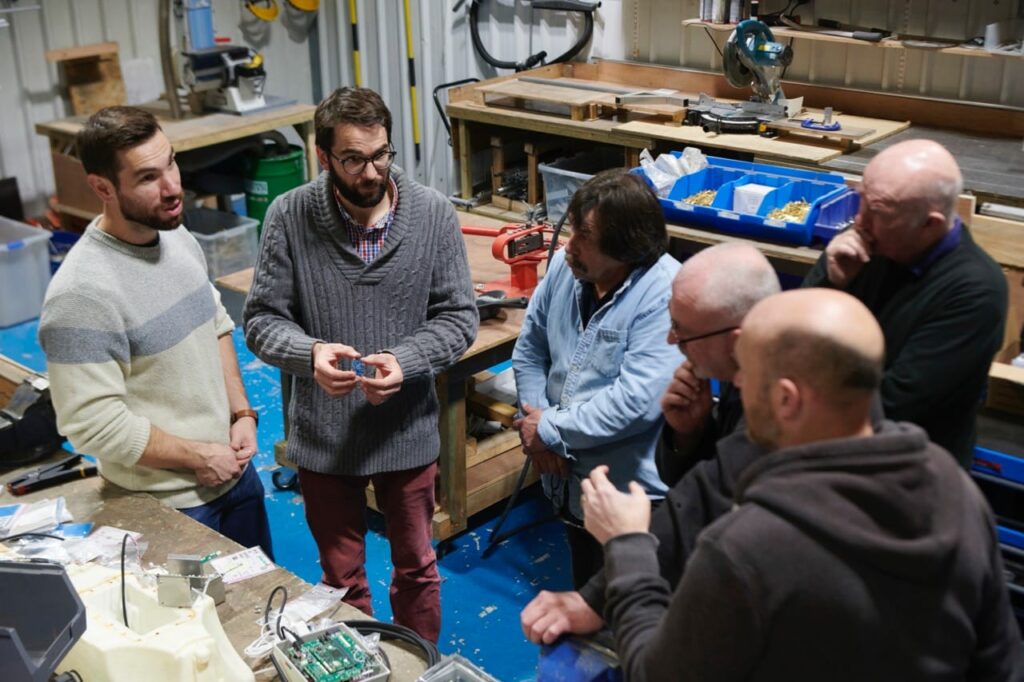

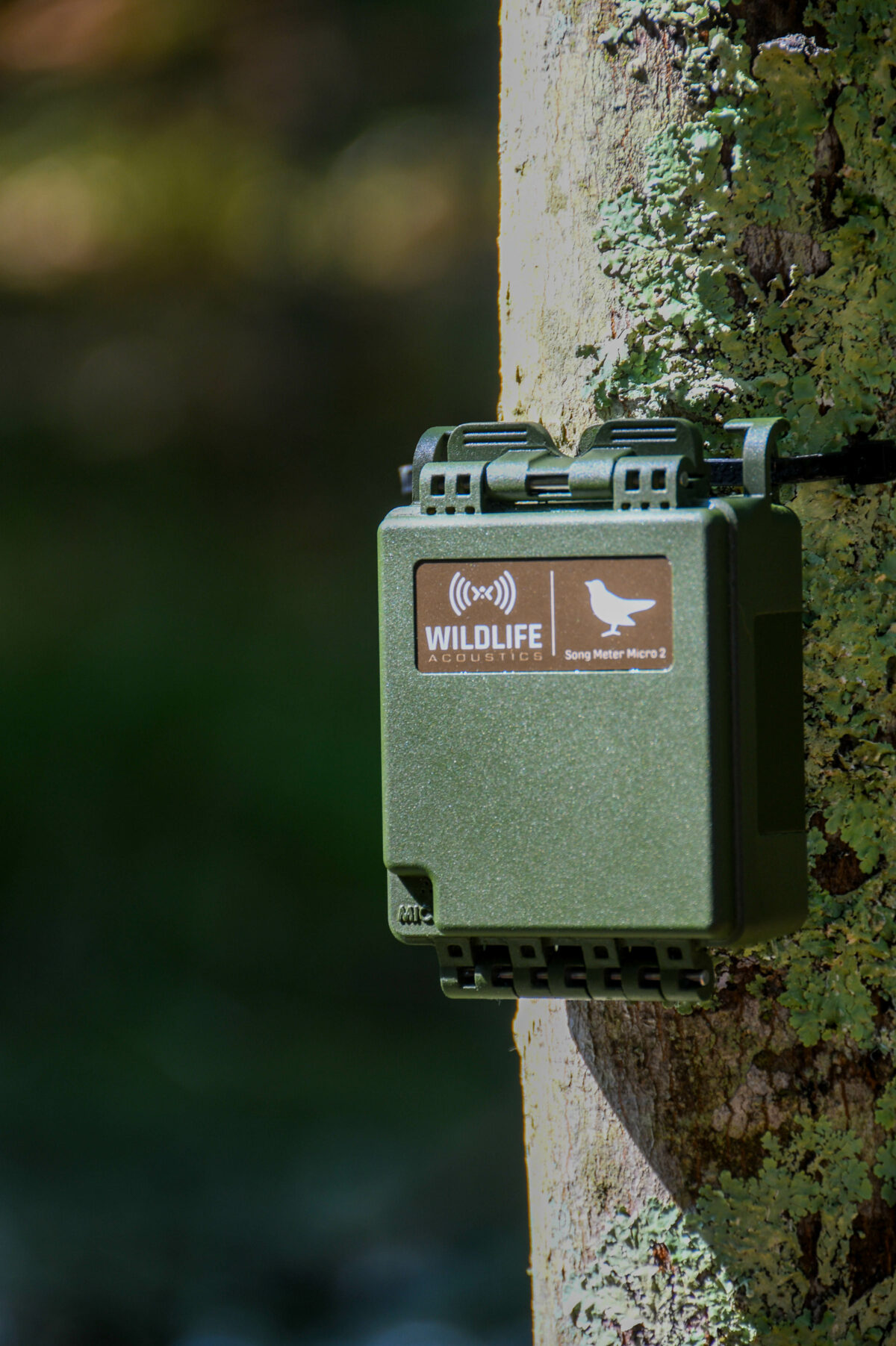
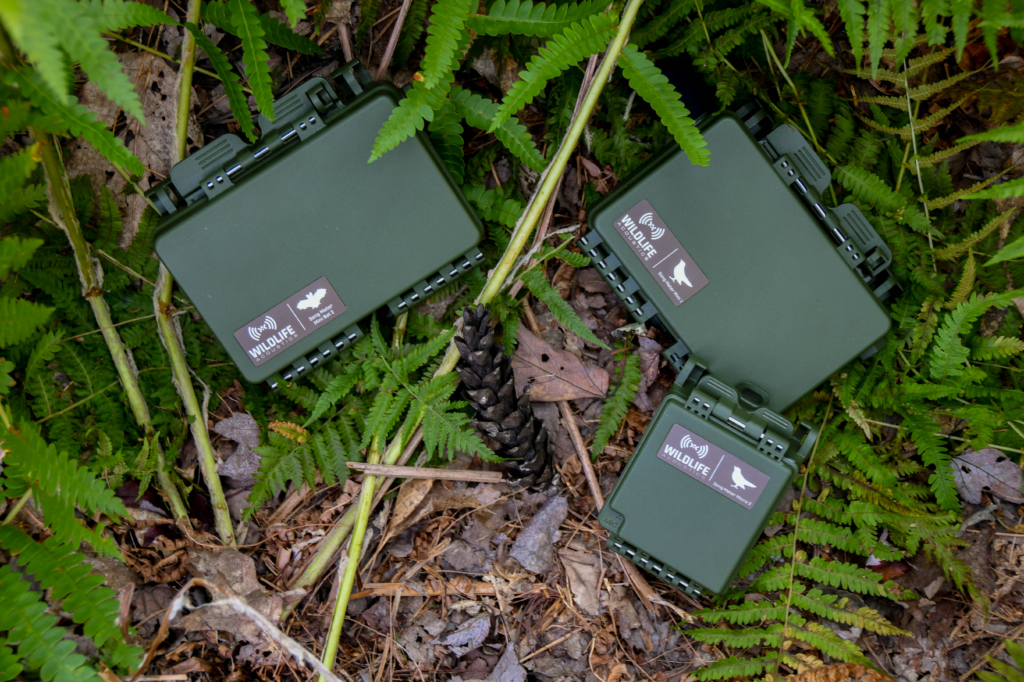
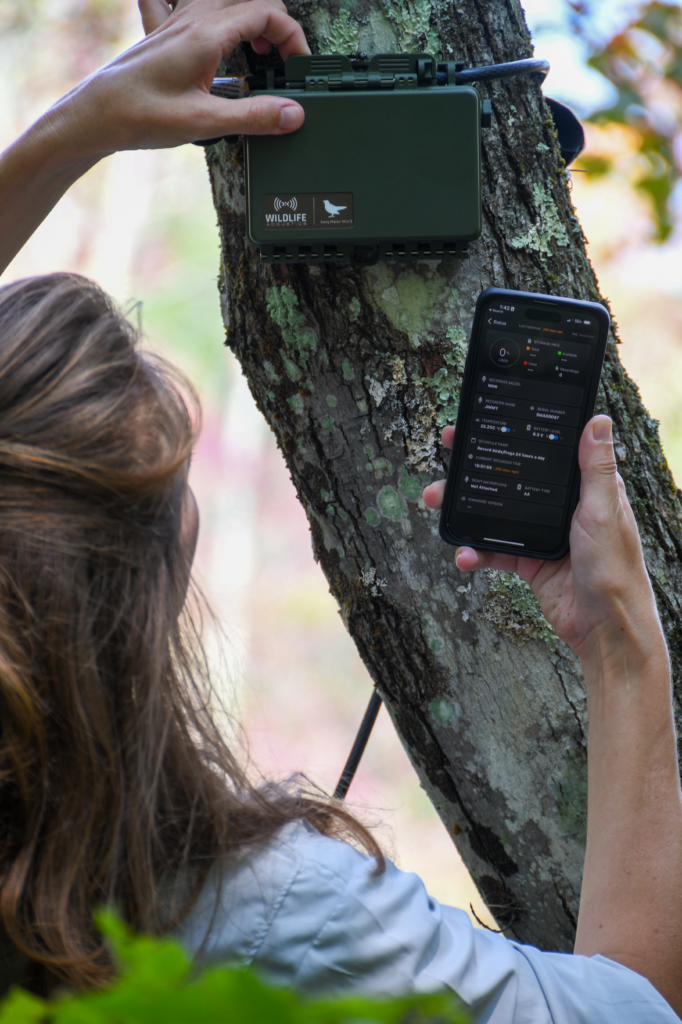
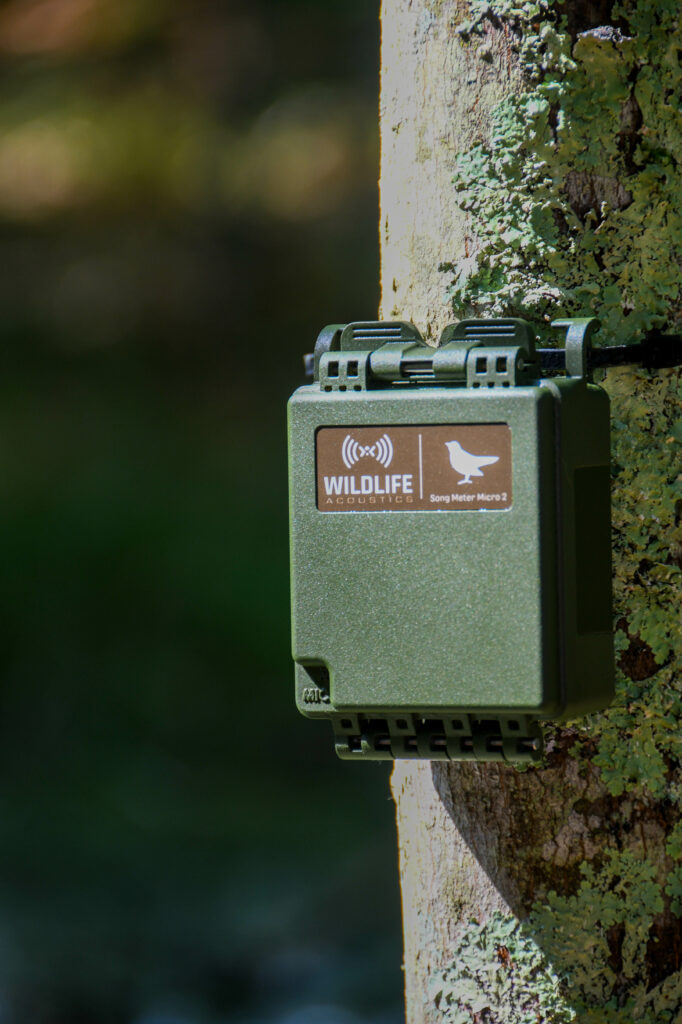 What has stayed the same?
What has stayed the same?